PROTECT YOUR DNA WITH QUANTUM TECHNOLOGY
Orgo-Life the new way to the future Advertising by Adpathway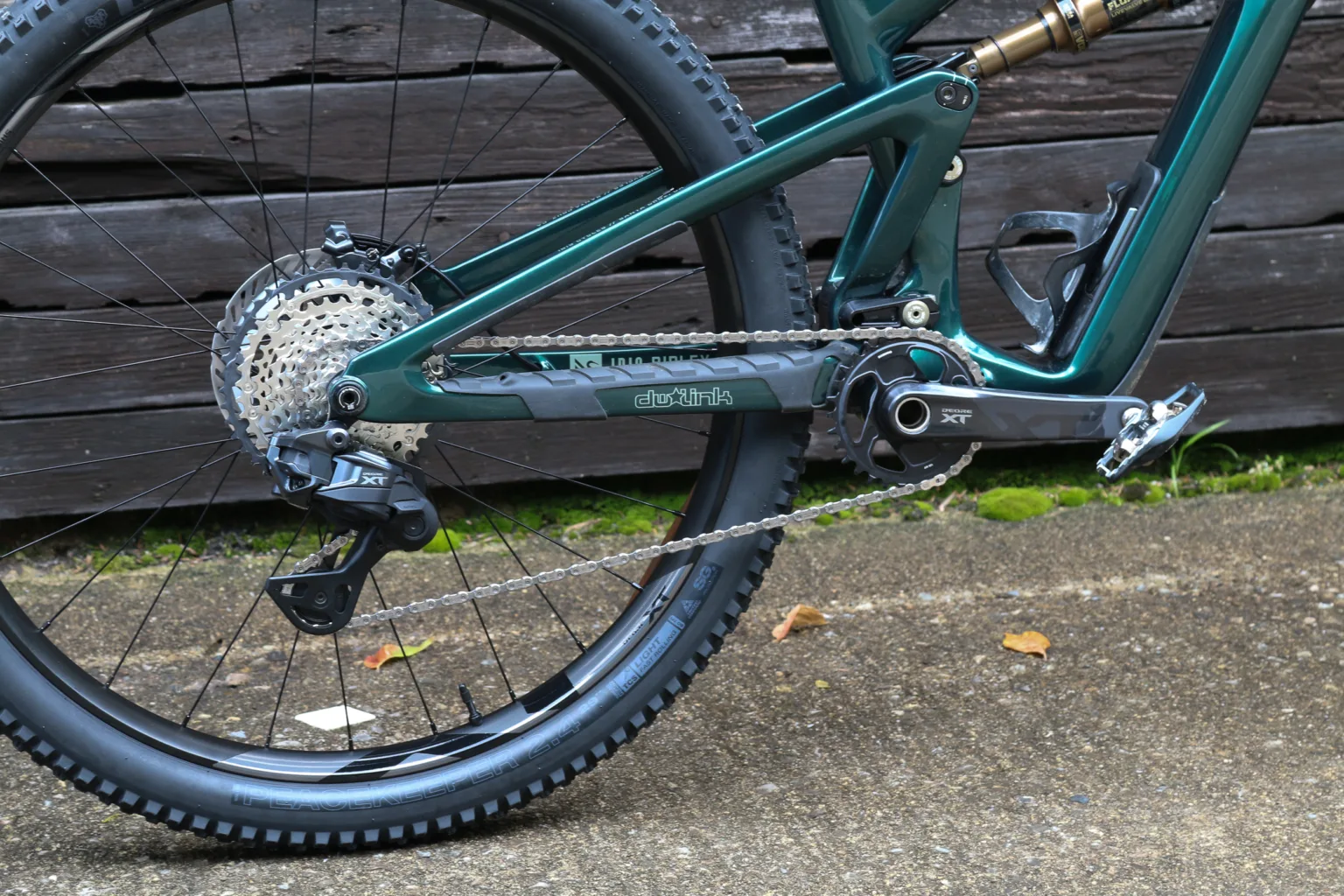
It’s been two weeks since Shimano introduced wireless shifting for mountain bikes with the reintroduction of XTR Di2. They may be a bit late to the party, but Shimano is wasting little time rolling out wireless shifting to the rest of their product range. Today marks the addition of not only XT Di2, but also Deore Di2. Both groups offer nearly identical shifting performance to XTR, with small changes in materials and spec to bring the prices down to more attainable levels.
As usual, Shimano came out swinging with an impressive XTR group with a price tag to match. Fortunately, Shimano has always followed up with a DEORE XT group that performs just as well, but at a lower price. Just as important, riders choosing XT will have similar drivetrain options with the compact GS group, different brake options, and a set of wheels with new hubs.
New Wireless Shimano Di2 Platform
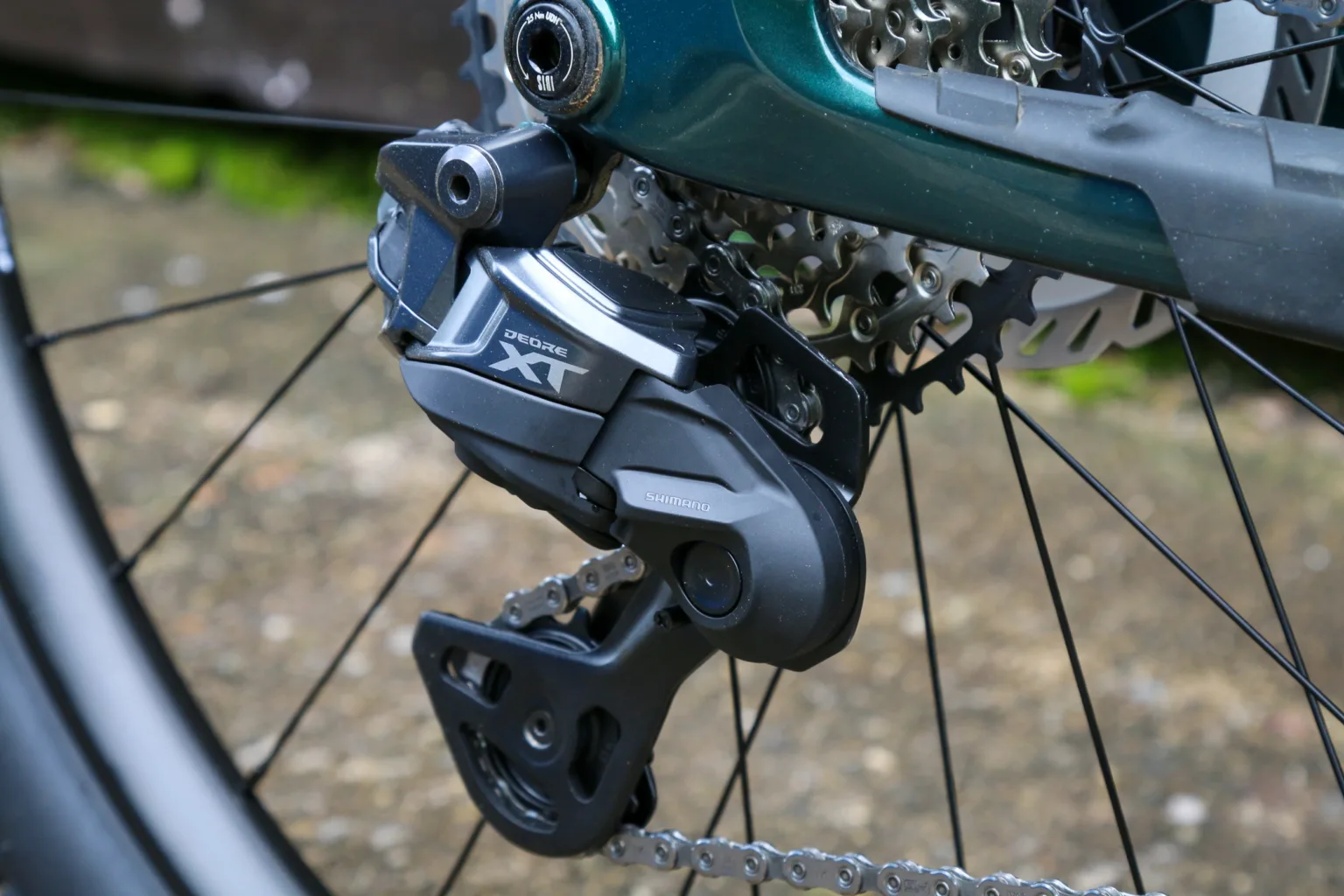
The big news here is that Shimano finally released a wireless version of Di2 for mountain bikes. It’s been a long time coming, but the result is a group that is very well designed and built to keep you riding, even with big impacts to the derailleur.
Like XTR, XT Di2 accomplishes this with their new Shadow ES design, which packages the derailleur in a wedge shape to help impacts glance off to the outside. On bigger hits, the derailleur will enter the Automatic Impact Recovery Function, which absorbs the impact and then automatically returns to the gear that you were riding in.
When combined with long-wearing resin skid plates on the derailleur body, you end up with a derailleur that should maintain its performance and continue to look good after repeated hits.
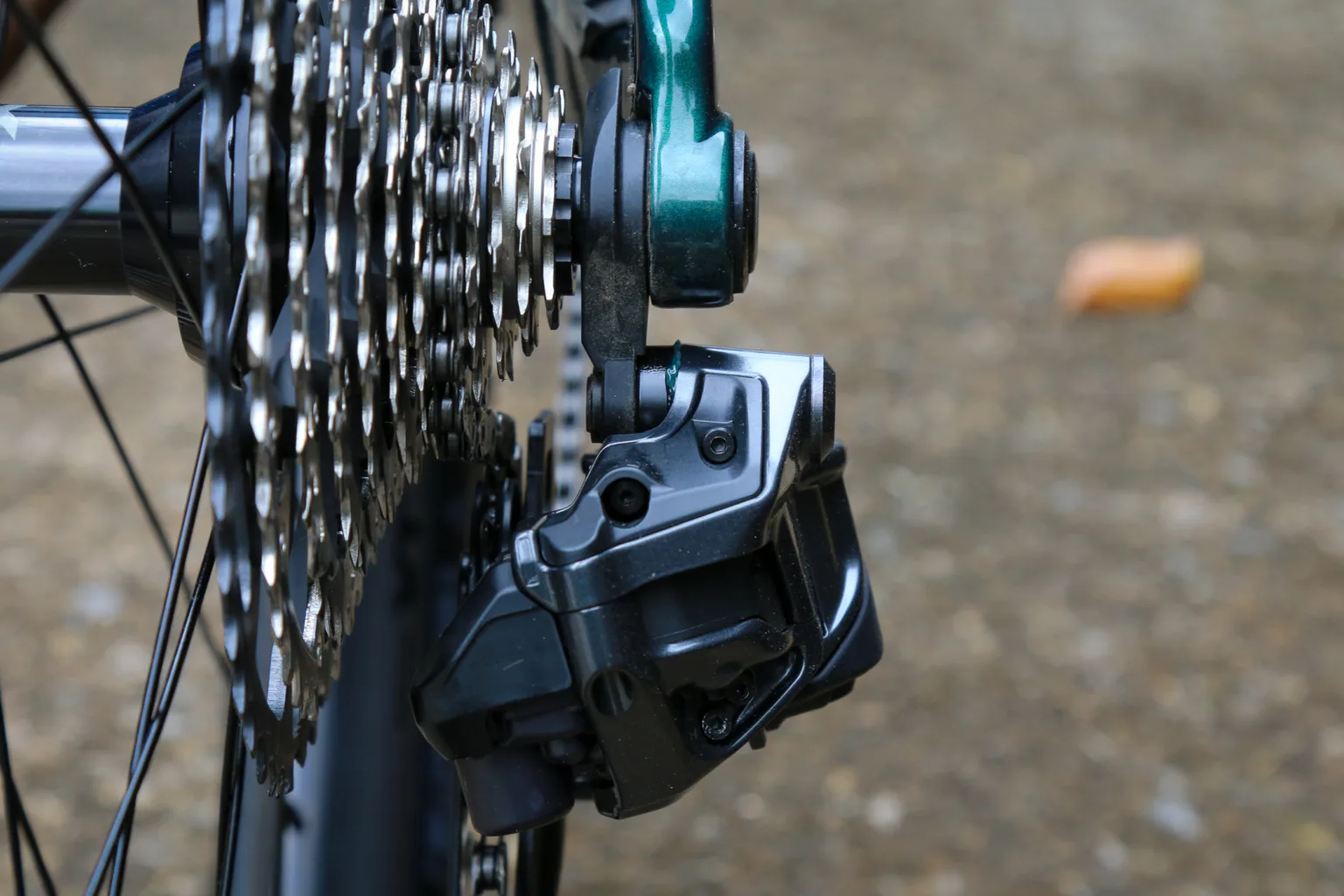
Shimano made the decision to stick with a standard derailleur hanger mount on all of their Di2 derailleurs because when the derailleur is robust enough to take a hit, a modern derailleur hanger can properly do its job to save the derailleur and frame from serious damage. If the derailleur hanger is sacrificed to the trail gods, you can easily replace it mid-ride, keeping your ride going. The derailleurs are compatible with all frames, including UDH-equipped, and the prevalence of UDH makes finding replacement hangers a breeze. Shimano does mention that they recommend premium aluminum derailleur hanger replacements for the most precise shifting.
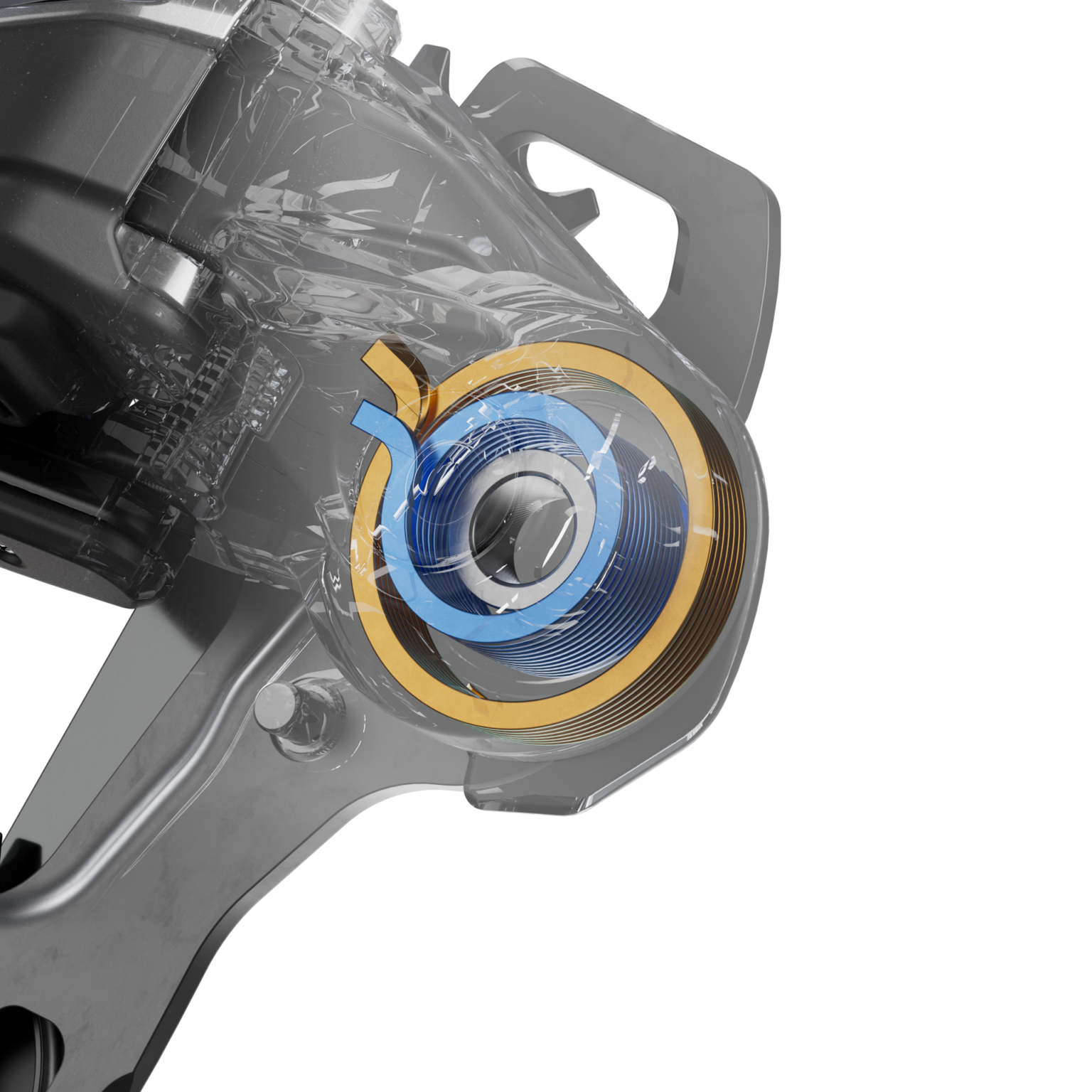
Shimano’s decision to drop the clutch has been controversial on the XTR launch, but they maintain that the new Slim Stabilizer offers more chain tension, better chain wrap, and engagement. The front of the derailleur is the most likely place for a rock impact to destroy it, so the slimmer leading edge also helps to keep the derailleur safe, and it promises to never need maintenance or degrade over time.
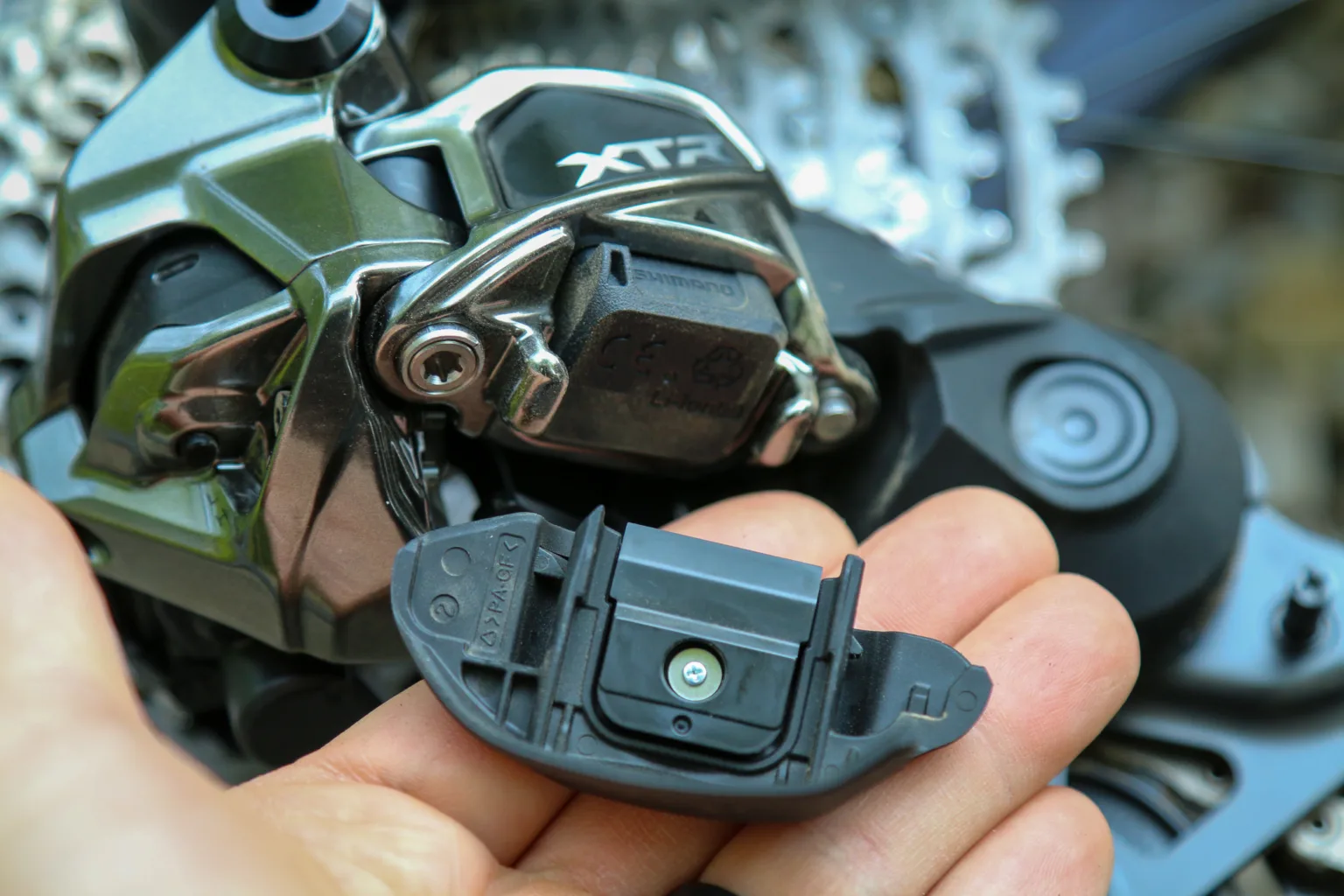
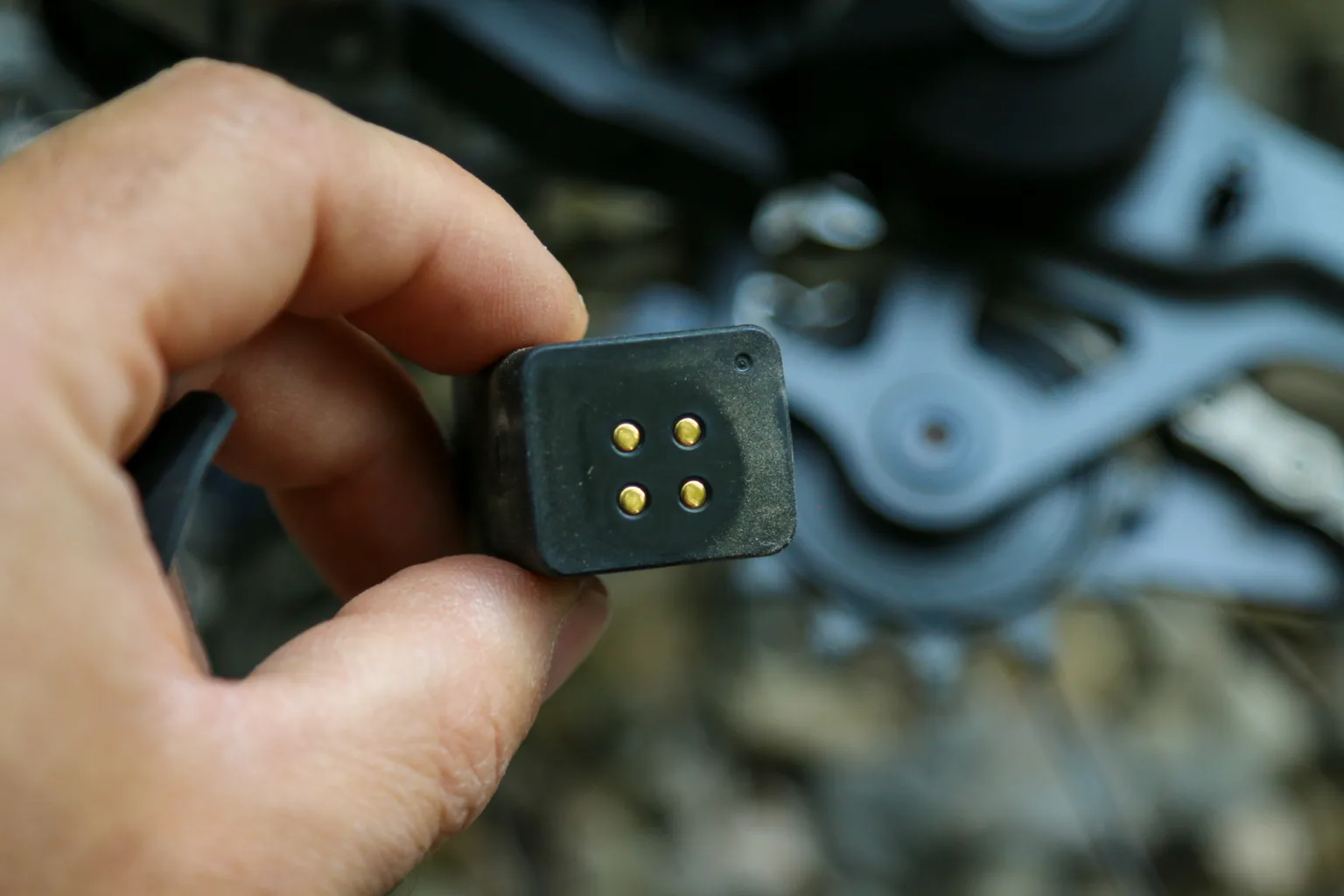
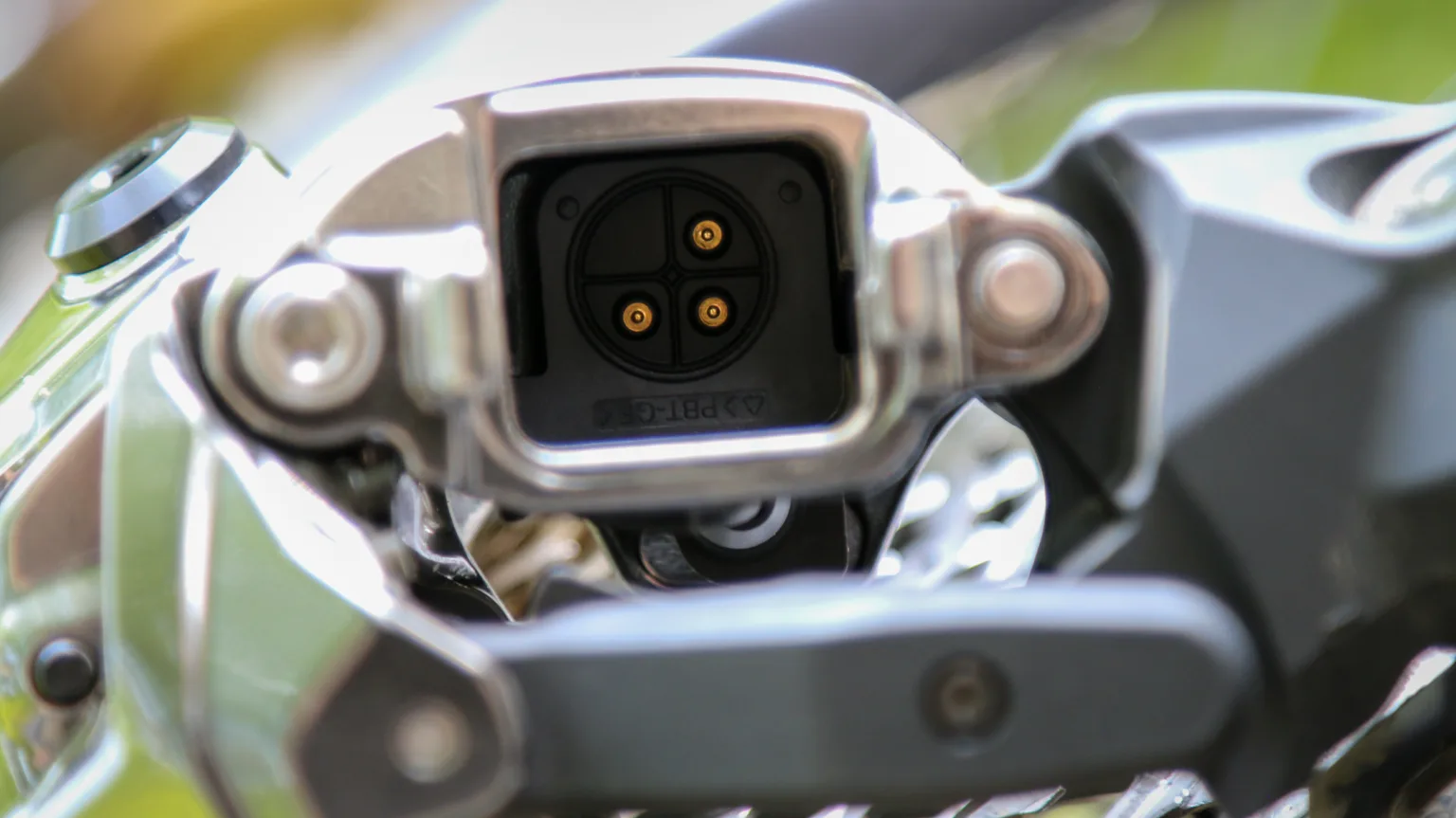
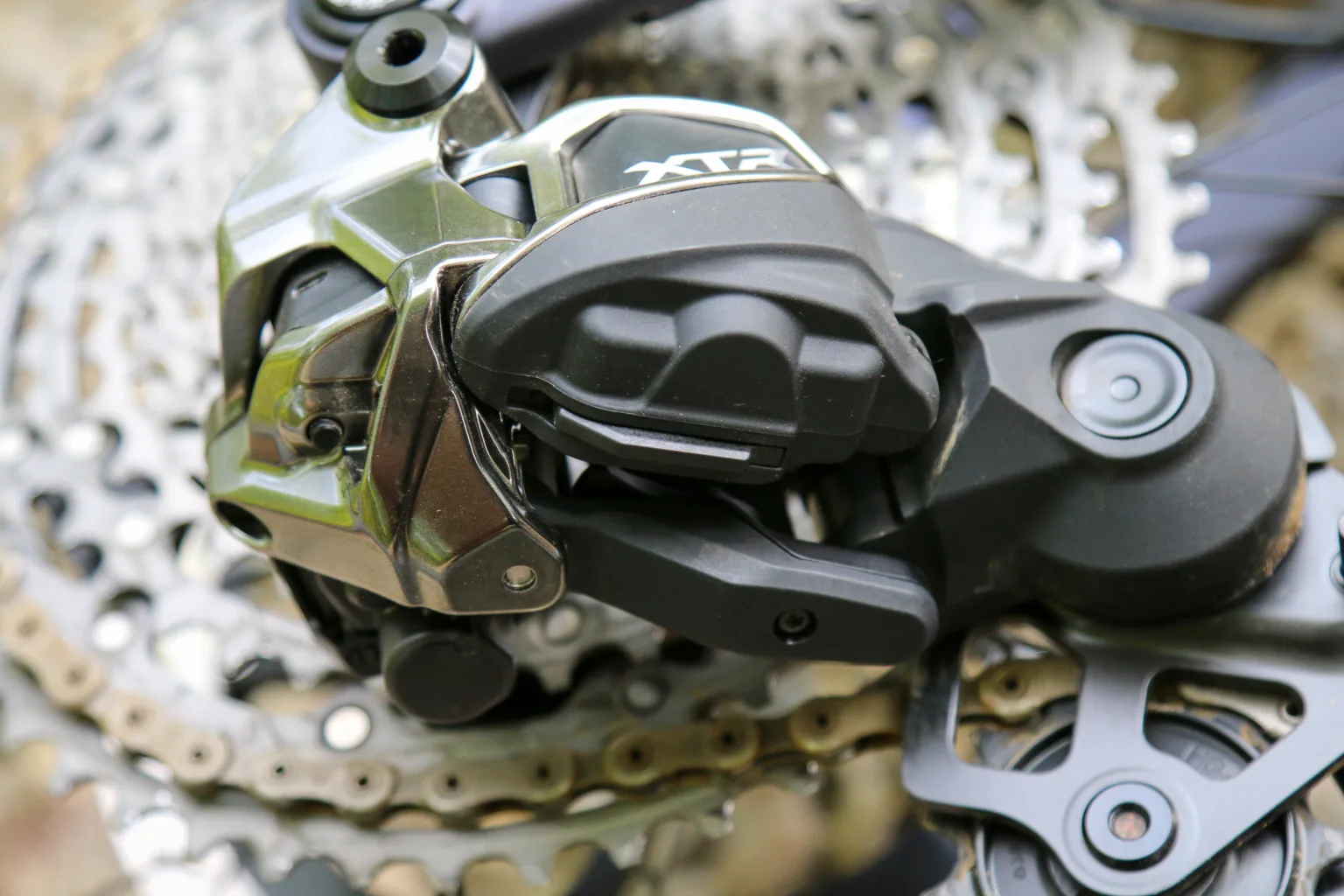
One of the hardest parts of designing the new Di2 derailleurs was where to locate the battery due to patents and the need to protect the battery. Shimano figured it out by hiding the derailleur inside the parallelogram and covering it with a door that includes a skid plate and a breakaway feature that leaves the battery in place during a big impact. The contact points are nicely sealed and are arranged vertically to keep proper contact and keep the elements out.

One of the biggest differences between the XT and the XTR rear derailleur is the move to an aluminum cage. It still has solid pulleys to prevent sticks from getting into the derailleur and ripping it off.
Key Differences Between DEORE, XT, and XTR Di2
- XT shifter does not have the flat head single to double shift toggle switch. Otherwise, it gets all the same functions. DEORE does not have the double click in the shifter paddles, but it does have push and hold multi-shift.
- XT Brake lever blades do not get the 5-degree upsweep.
- XT cranks don’t get the enduro spec spindle option like XTR.
- XT derailleur cage is alloy, DEORE is steel.
- XTR hubs use stainless steel bearings, and XT gets high-carbon chromium steel bearings. This is where the majority of the price difference comes from.
Setup and Pairing

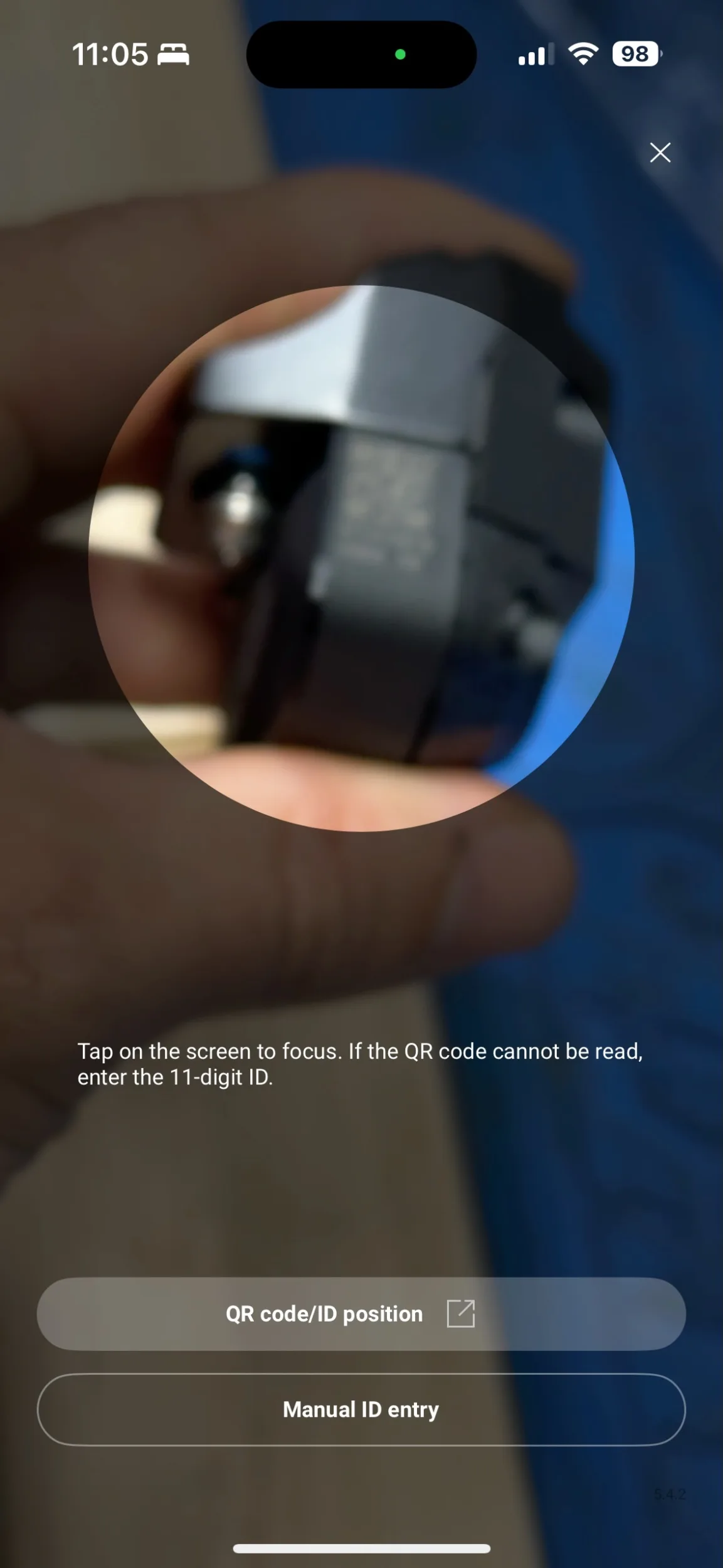
For the XTR group, Shimano had already set up our bikes, so this was my first time building a bike from scratch with the new Di2. Setup is extremely simple, and starts with mounting the derailleur like you would any other Shimano derailleur.
To pair the shifter to the derailleur, you open the E-Tube app, then hold down the button on the rear derailleur. It will locate the rear derailleur with Bluetooth, and then it will ask you to pair a shifter. The easiest way to do this is to click on the QR code button, and scan the QR code on the shifter (it helps to have the shifter off the bike so you can move it around and get the best angle for the camera/lighting). Once it scans, the shifter will be automatically paired with the derailleur, and you’re done. If you can’t scan the QR code, you can also enter the 11-digit ID number.
Batteries and Charging

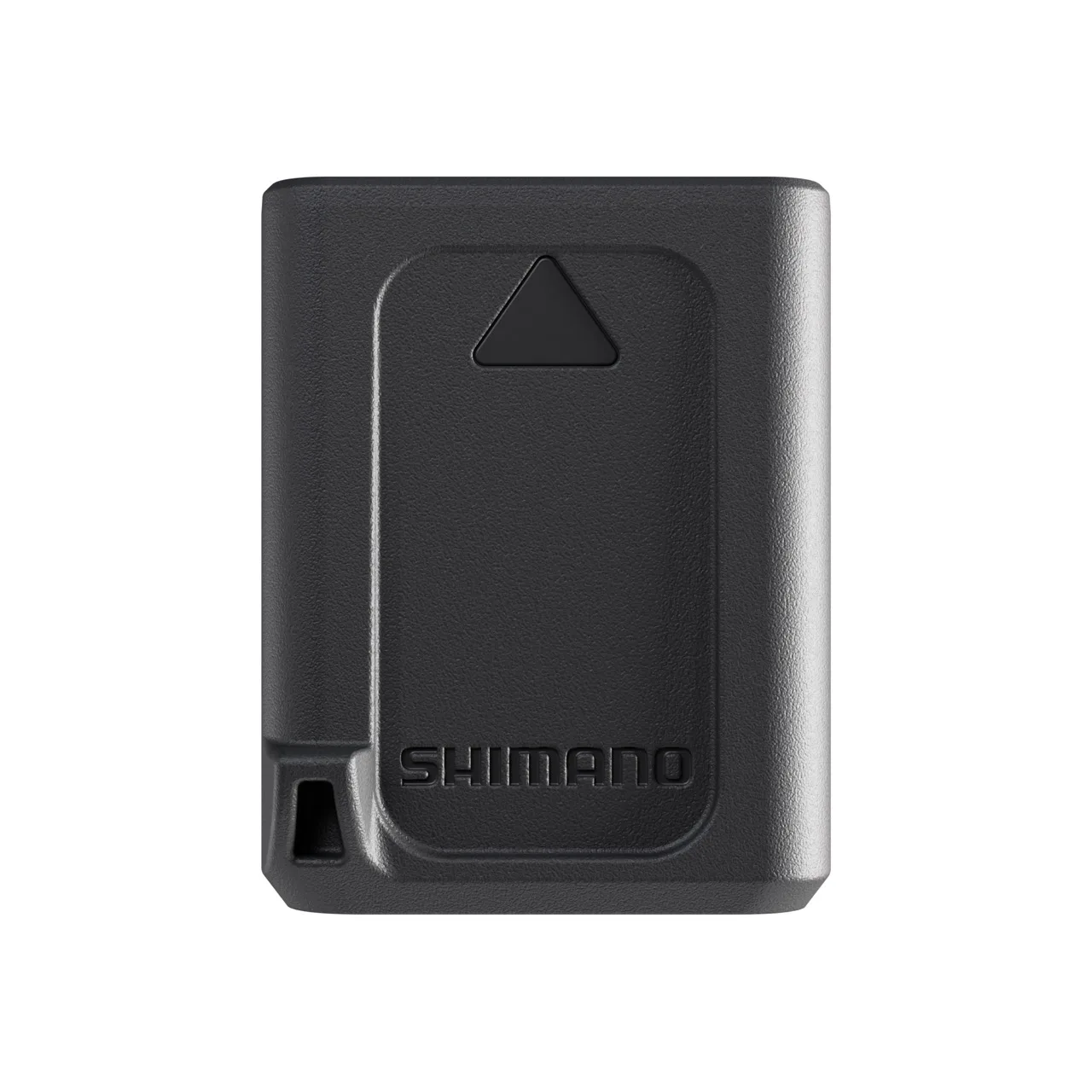
Each group and complete bike will include a USB-C charger with a cable (Shimano says this is important, since not all USB-C cables are created equal) that will charge the derailleur battery in 45-60 minutes. Battery life is indicated through an LED on the derailleur, which stays green until you hit 25% battery life, and it turns red. You can also check battery life in the eTube app, which seems to be the only way to check the shifter battery life. Note that this is a proprietary battery and does not currently work with anything else. Shimano will sell spare batteries so you can have an extra charged and ready to go – which might be a good idea since when the battery dies, the derailleur will stay where it is.
The shifter has the only other batteries for the system and uses double-stacked 1632 coin cell batteries, which are said to be good for more than a year.
Still 12-speed (And backward compatible!)
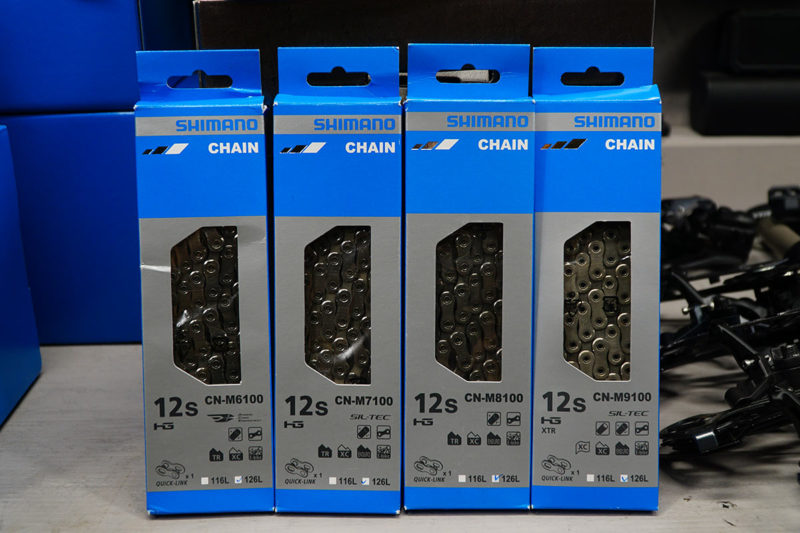
Shimano is keeping their existing 12-speed Hyperglide+ shifting, since it already shifts super quickly and is compatible with the 12-speed Hyperglide+ chains, chainrings, and cassettes you might already own.
That means if you currently have a Shimano 12-speed MTB mechanical drivetrain, you can upgrade to Di2 with only a shifter, rear derailleur, and a new quick link (which Shimano offers as a convenient upgrade kit). That’s huge for making the group more accessible.
One Crankset for XT Di2
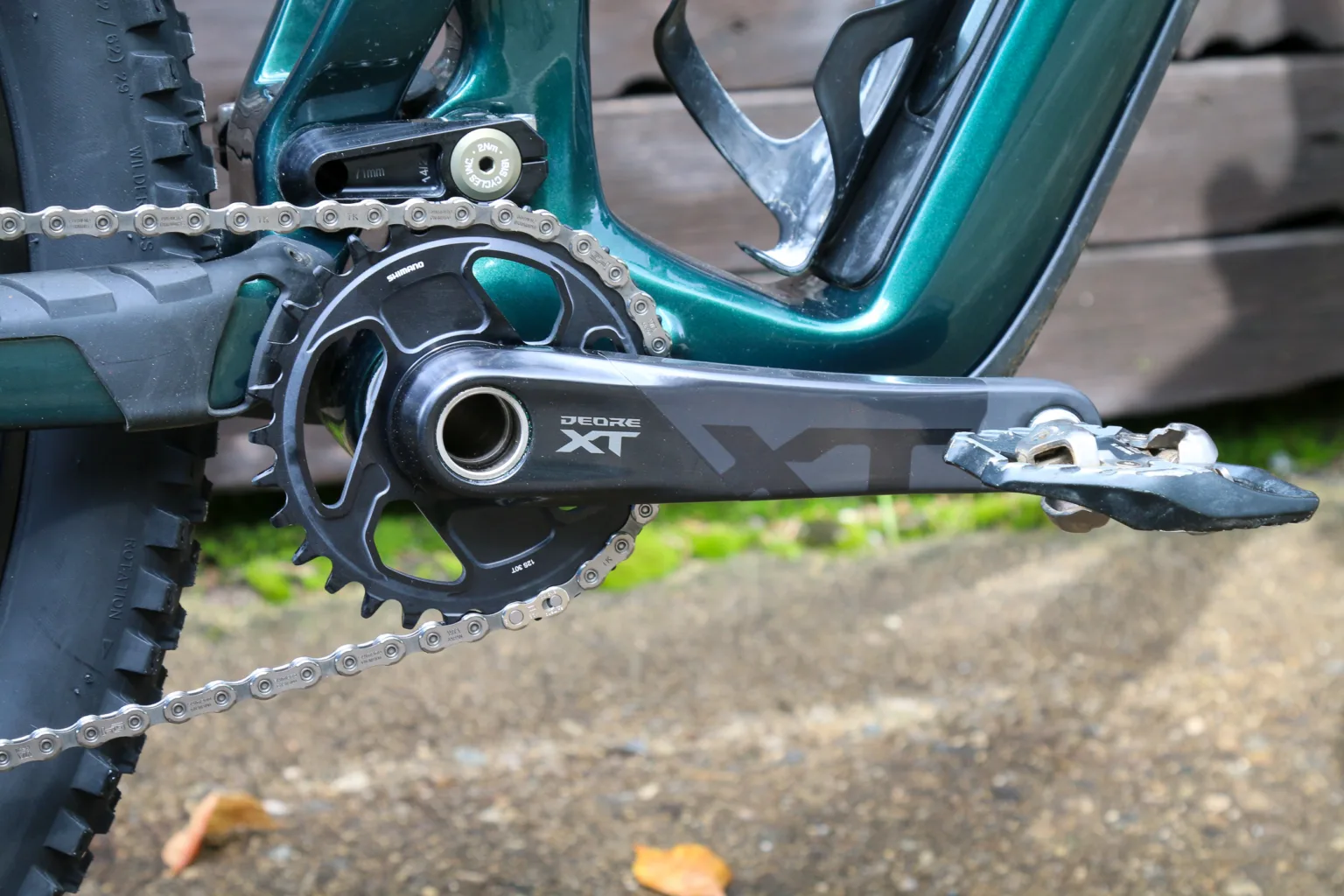
Unlike XTR, which gets an Enduro and an XC-spec crankset, the XT group gets one crankset billed as XC/Trail/Enduro (though any existing 12-speed Shimano crankset will work). It features a 176mm q-factor, 55mm chain line, direct-mount chainring design, and a standard 24mm steel axle. The finish is interesting – it has a gloss finish at the spindle, which transitions to a matte finish halfway through, but then there is a crank protection wrap in the middle, which gives it a tri-color appearance.
XT Di2 also gets Compact GS drivetrain design for even better protection
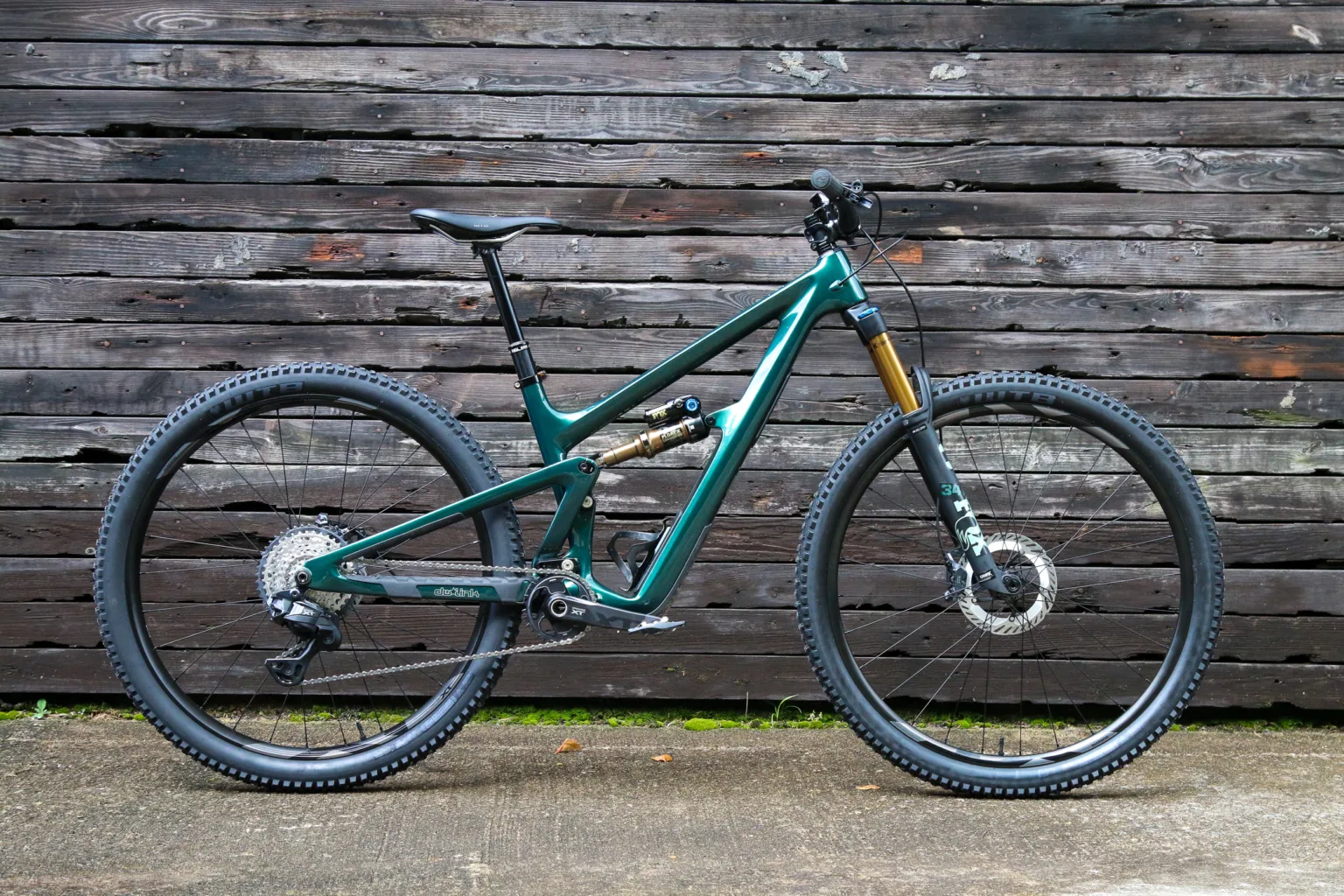
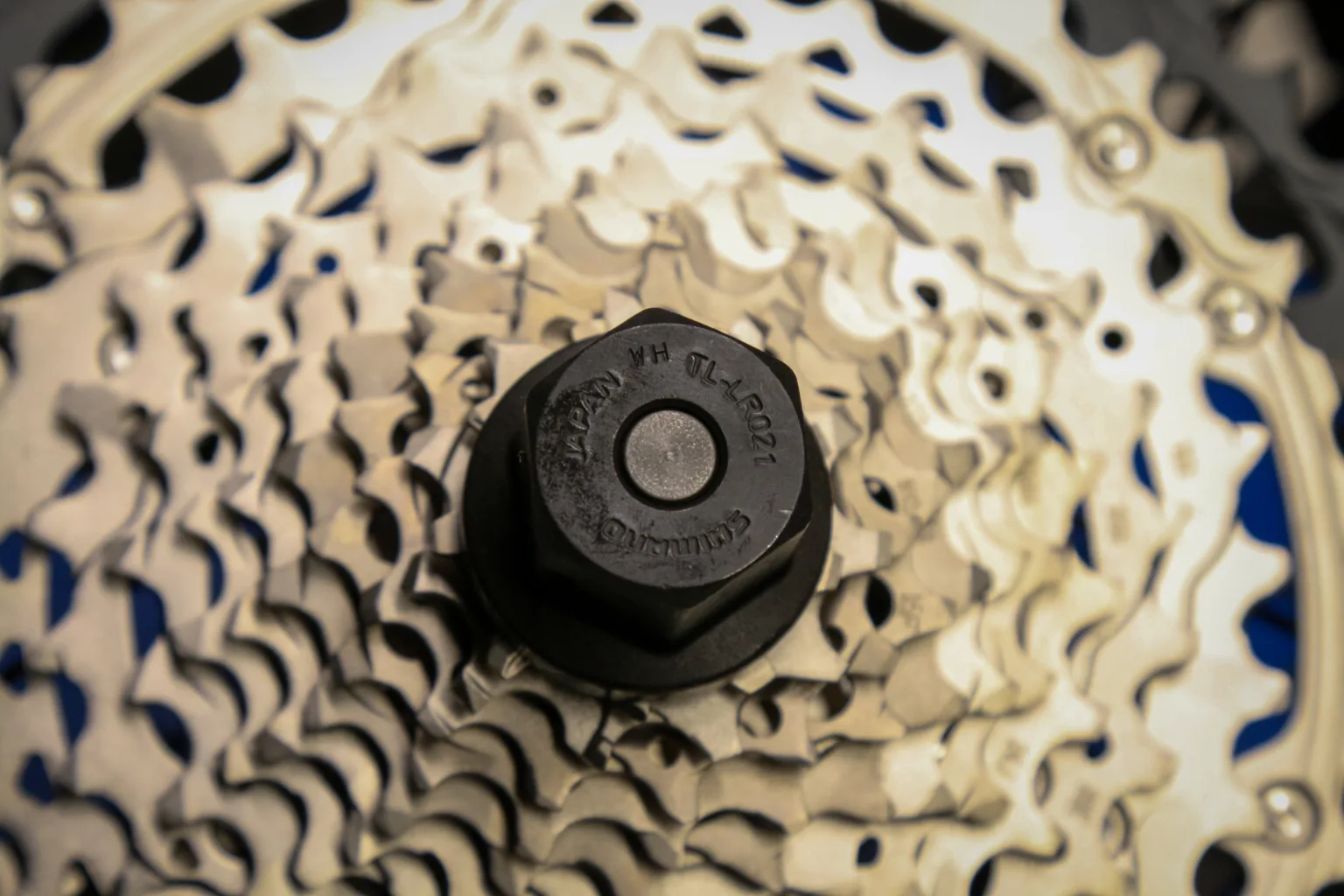

Shimano managed to squeeze in a 9t cog with a new lockring that requires a specific tool. To make it work with a 9t cog, the cassette lockring has the splines on the outside instead of the inside, and the 9t cog is captured on the lockring.
That’s a small price to pay for a GS drivetrain that offers almost the exact same range as the standard system (500% vs 510%) but with the most trail clearance and the lightest weight. Specifically, you’ll gain 23mm of clearance at the derailleur cage, 8mm at the front chainring (since you will typically size down 4t up front), and you’ll drop 70g. You’ll also land a quieter drivetrain with a shorter chain with less bounce.
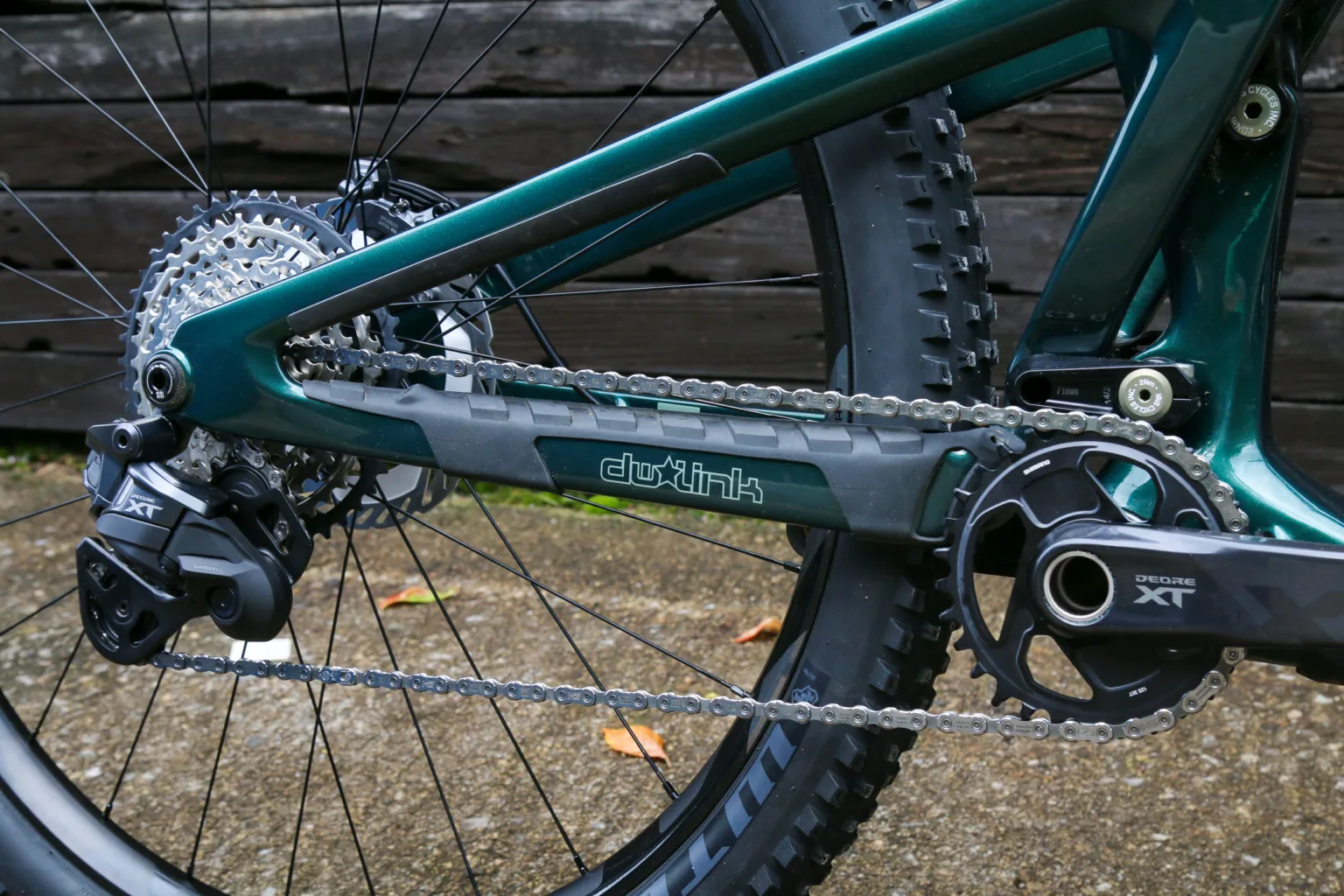
If the compact drive is so good, why won’t everyone use it? For starters, the 9-45t cassette is not approved for full power ebike usage. It also will depend on the frame, some chainstay designs will run into issues with clearance for the chain when it’s in the 9t cog. However, Shimano does expect to move from 5% to 25-30% OEM spec for the compact drive, and it seems like it will be a popular choice for bikes with smaller wheels.
Same Exceptional Ergonomics as XTR
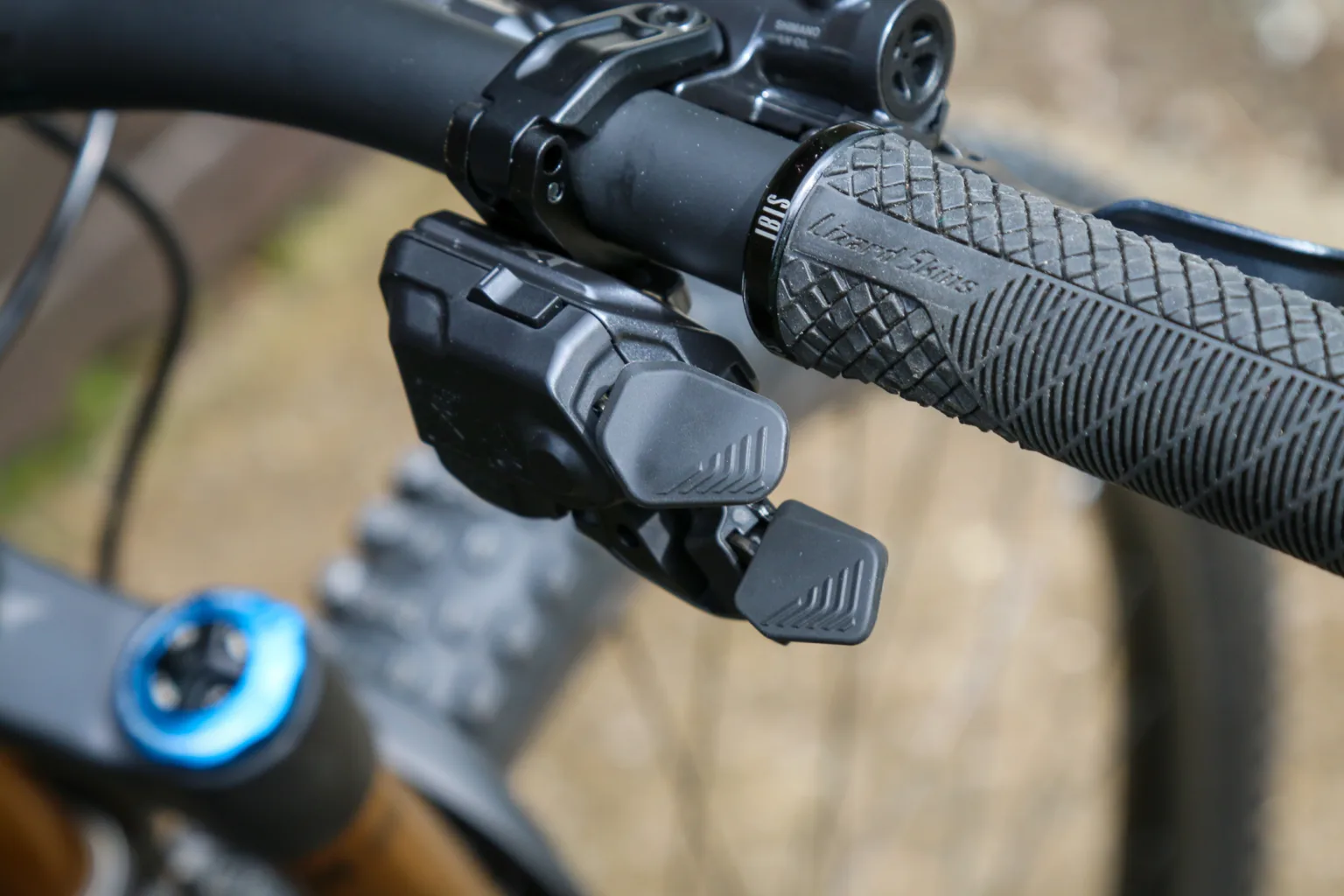
Shimano put a lot of time into developing the “shift switch” for the Di2 groups, and it shows. A class two-paddle shifter design paired with an incredible amount of adjustments allows to position the levers to your liking. A programmable third button on the shifter is initially set up to adjust the trim for the rear derailleur, but also can be programmed to operate your bike computer or other functions.
The shift switches are available in either I-Spec EV for integrated mounting with Shimano brakes, or a band clamp version to work with anything.
1-shift, 2-shift, or Multi-Shift
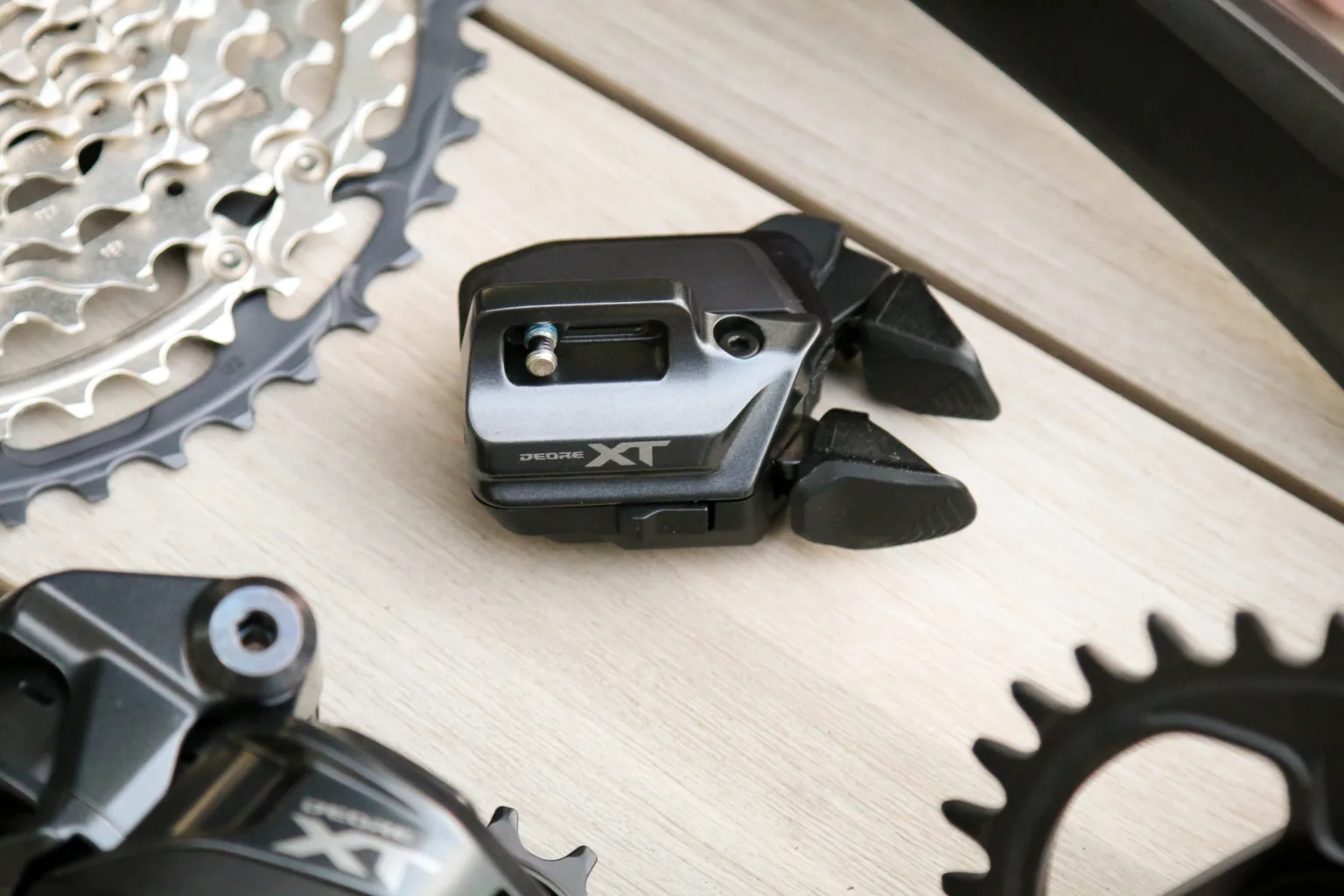
When it comes to actually shifting, you technically have three options. You can hit either paddle once, and it will shift one gear. You can also push through that first click to the second click, and it will shift two gears. That second click is physically harder than the first to help prevent accidental over-shifting if you’re trying to just shift one gear. The double click allows you to drop or add gears in a hurry. Finally, you can push and hold either shifter, and it will work its way through the full cassette.
One of the few changes in function from XTR to XT is the lack of a shift-limiting bolt on the bottom of the shifter. On XTR, you can limit the shift levers so they will only single shift, not double shift, with a physical lockout. That isn’t offered on XT.
According to Shimano, their wireless shifting is actually faster than a wired electronic shift, thanks to the wireless protocol, which is the same as their dropbar levers. The system also has the ability to tune shift speed and number in the E-Tube Project app.
E-bikes have different options for XT Di2
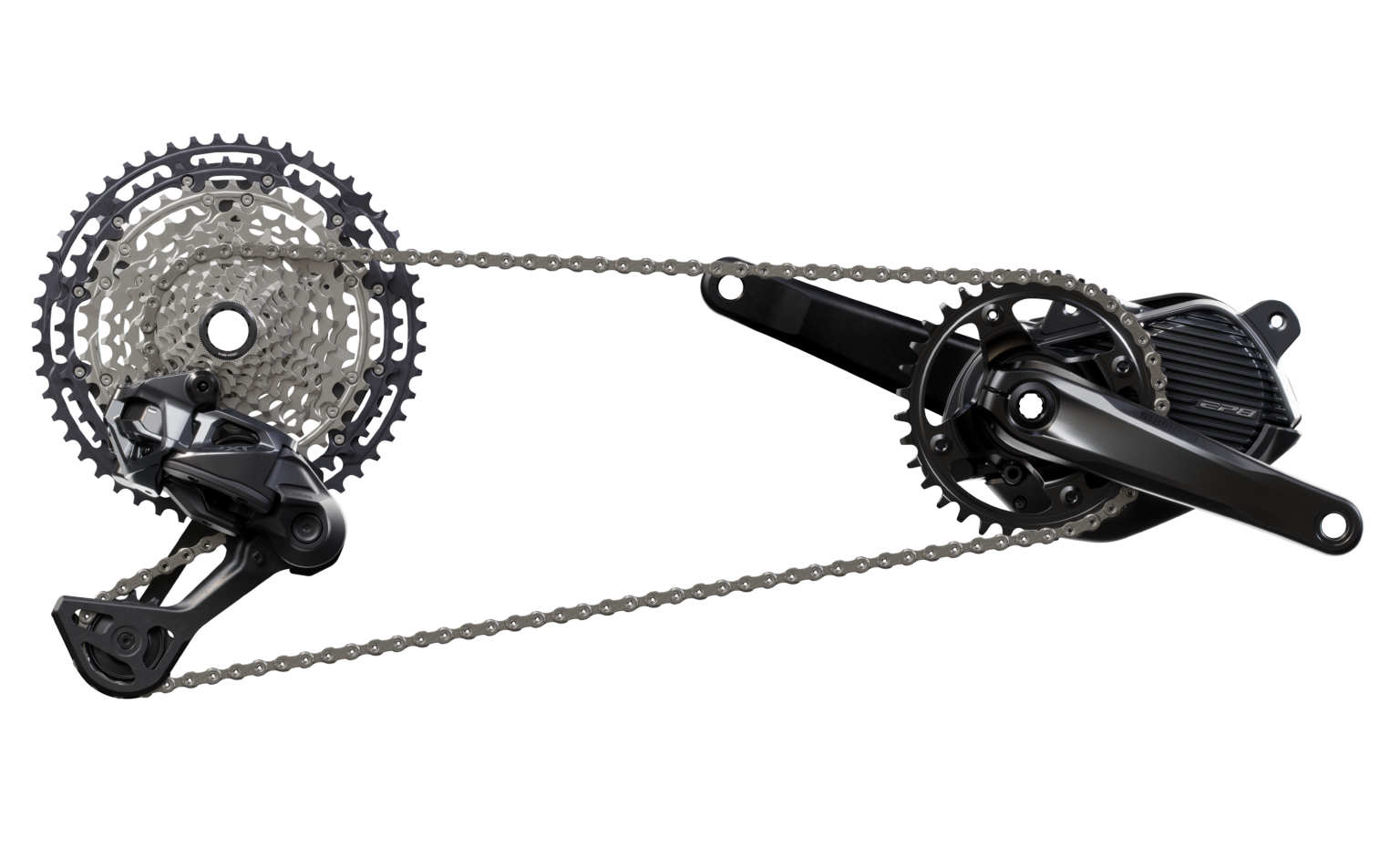
You can run the standard XT Di2 drivetrain where the derailleur has its own battery, and just run it in ‘E-bike Mode,’ or run a dedicated option for e-bikes. Instead of using an onboard battery, the rear derailleur is wired to the e-bike battery and offers Shimano Auto shift and Free Shift tech. While the normal XT drivetrains are all 12-speed, there are both a 12 and an 11-speed option for the e-MTB rear derailleur. The 12-speed e-MTB derailleur is the Hyperglide+ model with the fastest shifting, while the 11-speed model is Linkglide for increased durability.
New Brakes with new LV Brake Fluid
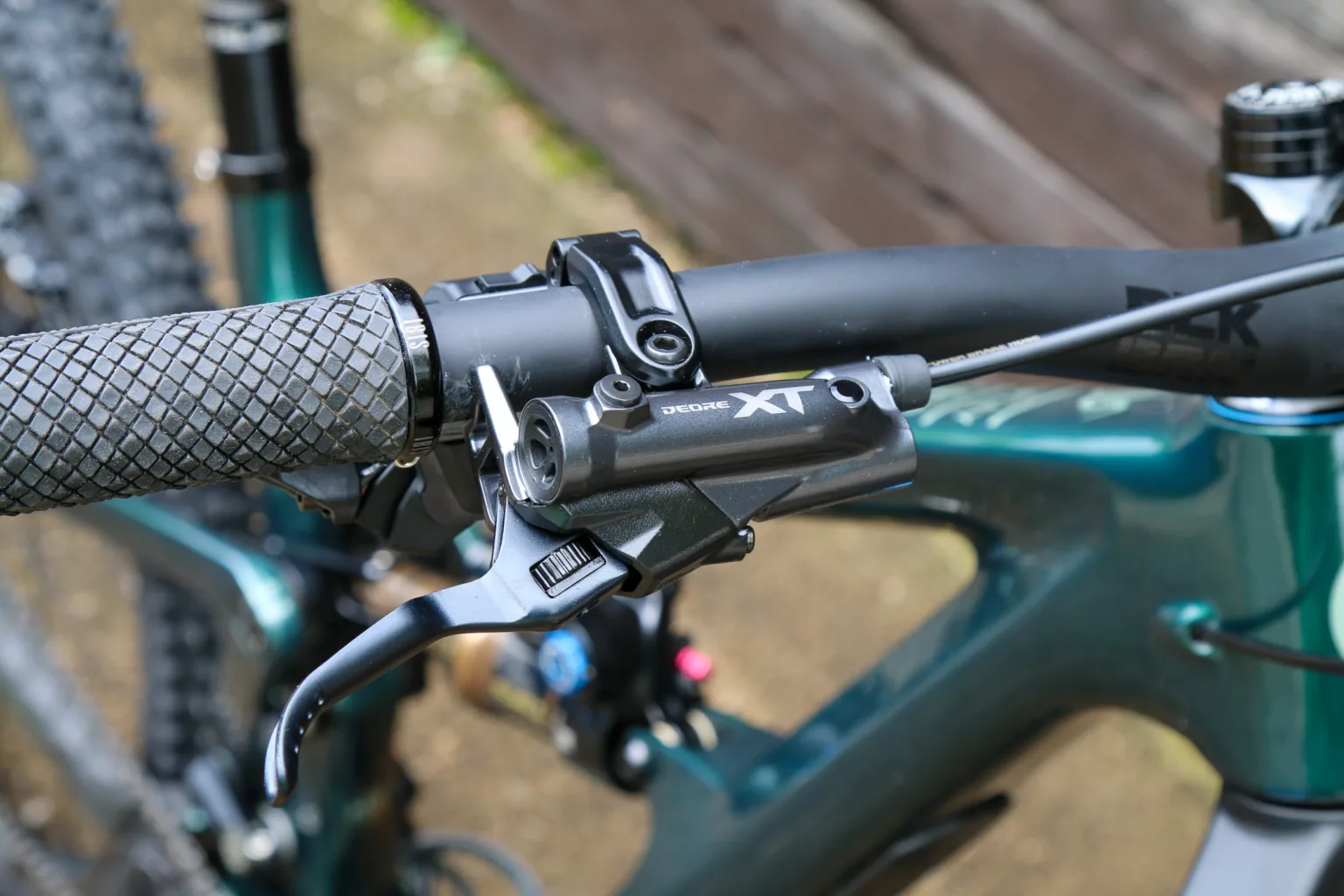
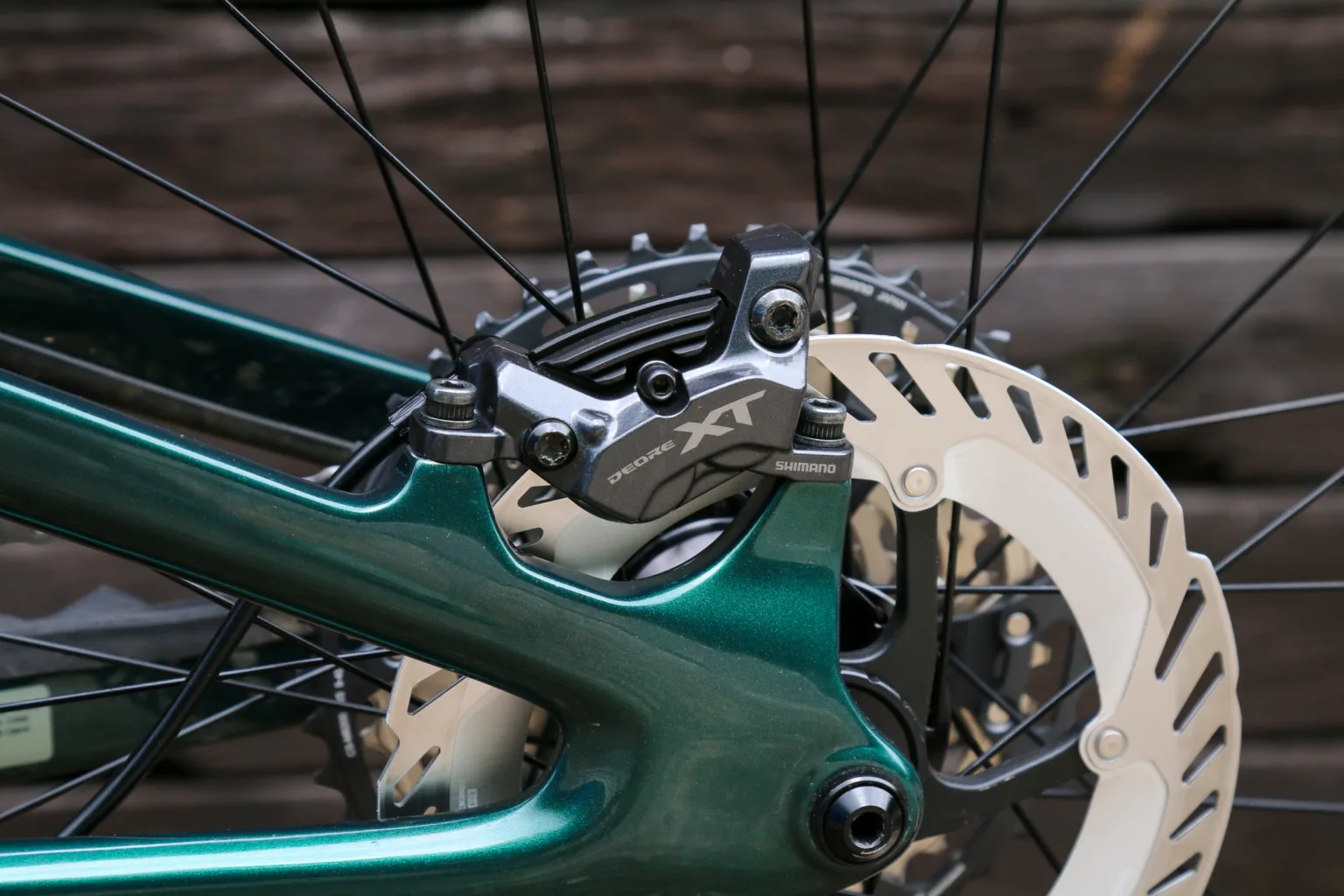
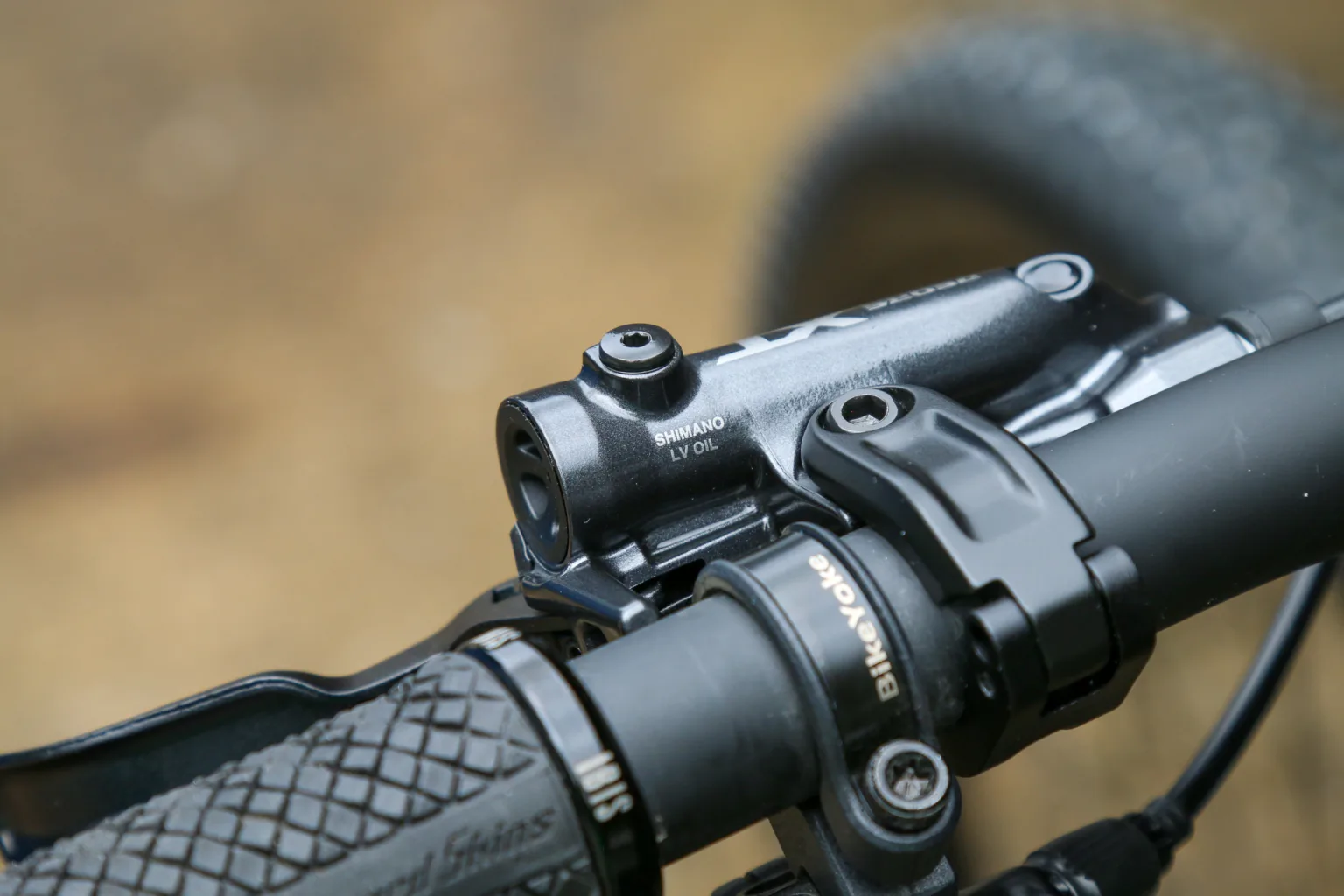
Launched with the XTR Di2 group, Shimano introduced vastly redesigned brakes with a different master cylinder design, brake pad and caliper design, and even new brake fluid. The new pull-master cylinder design allows for a brake lever pivot that is 5mm closer to the bar for more natural braking motion. Inside, a new Low Viscosity mineral oil is said to work better in a wider temperature range for more consistent power and modulation.
The new anti-rattle finned pad design uses wider pads, narrower pad slots, and ovalized pin holes to prevent any brake rattle. The XT group uses one lever (BL-M8220), but combines that with the choice of three different brake calipers – BR-M8220 four-piston enduro, BR-M8200 two-piston post mount XC, and BR-MT805 two-piston flat mount.
Wheels and Hubs, Too
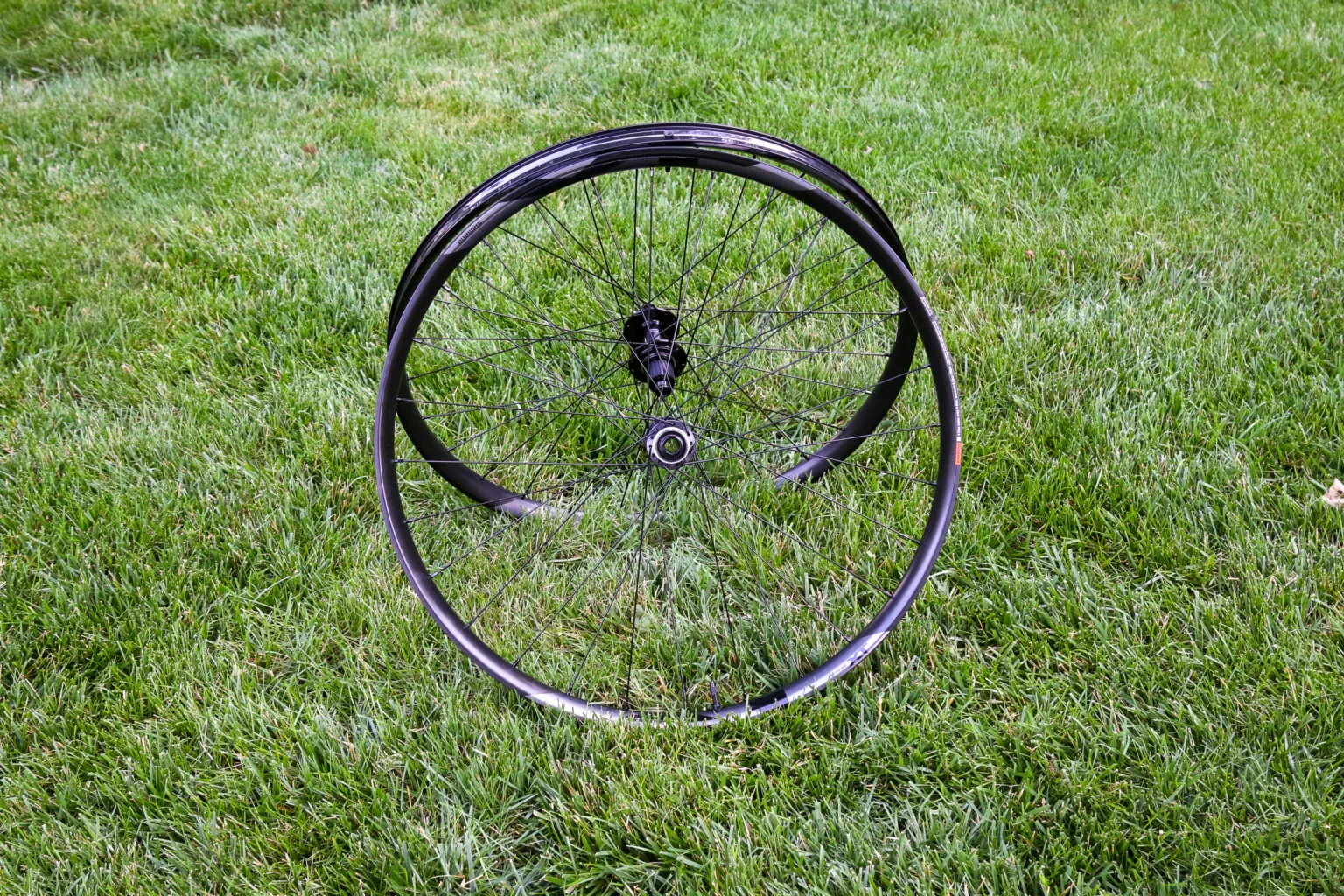



Shimano XT doesn’t get a carbon rim option like XTR, but the aluminum rimmed wheels are enticing for the price. The hooked aluminum rims have a 30mm internal width, and use 28 standard J-bend spokes laced to the new M8210 hubs. These hubs use sealed cartridge bearings with Shimano quality seals, and the freehub offers 3.5º of engagement. While the wheels are only offered in 28h, the hubs will be available separately in 28 or 32h, but in Boost 148mm spacing only.
What does XT Di2 Cost?
When considering pricing, it’s important to mention that Shimano will be offering upgrade kits that include everything you need for the new Di2 group to update an existing Hyperglide+ 12-speed Shimano drivetrain.
If you already have a 12-speed Shimano group, all you will need to upgrade is the rear derailleur, shifter, battery, battery charger, and a 12s Quicklink, which will sell for $860. If you price it out, it’s basically the same price as buying all the components individually, except you get an additional Quicklink for the chain, which Shimano requires as they’re one-time-use-only. There are also four versions of the upgrade kit with a choice of SGS 10-51t or GS 9-45t derailleurs, and I-Spec EV or Band Clamp shifter mounts. Everything will ship in a nice presentation box made from easily recycled paper and cardboard.
Shimano will also be offering disc brake upgrade kits, which will include right and left brake levers, front and rear calipers and hoses, metal brake pads installed and additional resin pads included, and 100ml of the new low viscosity oil. The brake upgrade kits will only be offered in the four-piston enduro brake spec and are priced at $530.
Entire group prices start at $2,000, which includes all components of the drivetrain, plus brakes and rotors. A wheelset adds another $570 ($250 ft, $325 rr), and the hubs are priced at $75 ft, $180 rr.
Shimano XT M8200 Di2 Components
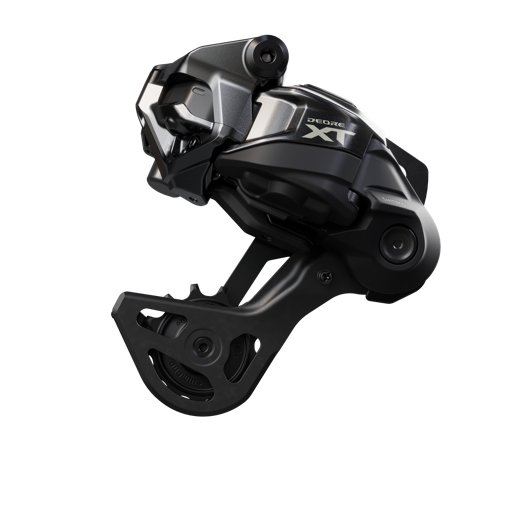

RD-M8250 – Wireless Rear Derailleur
- SHIMANO SHADOW ES Technology
- Precise wireless shifting
- Robust structure with skid plate design
- Solid pulley construction
- Removable and rechargeable onboard battery
- Alloy cage construction
- Long Cage RD-M8250 SGS for use with 10-51T Cassette
- Mid Cage RD-M8250 GS for use with 9-45T Cassette
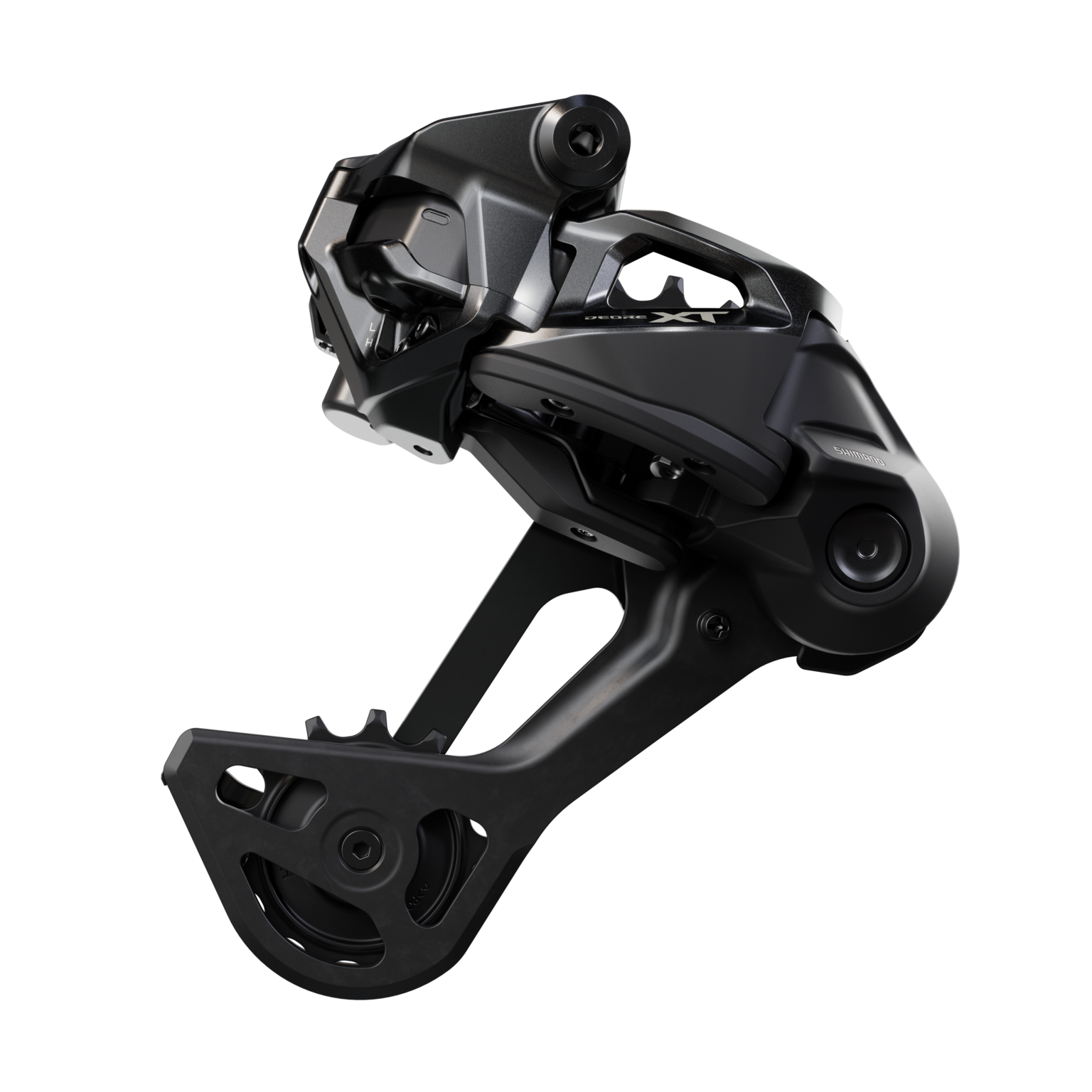

RD-M8260 – Rear Derailleur for E-MTB
- SHIMANO SHADOW ES Technology
- Wired rear derailleur for E-MTB
- Constant power supply from e-bike battery
- AUTO SHIFT technology
- FREE SHIFT technology
- Alloy cage construction
- Long Cage SGS
- 12-Speed RD-M826012 for HYPERGLIDE+
- 11-Speed RD-M826011L for LINKGLIDE
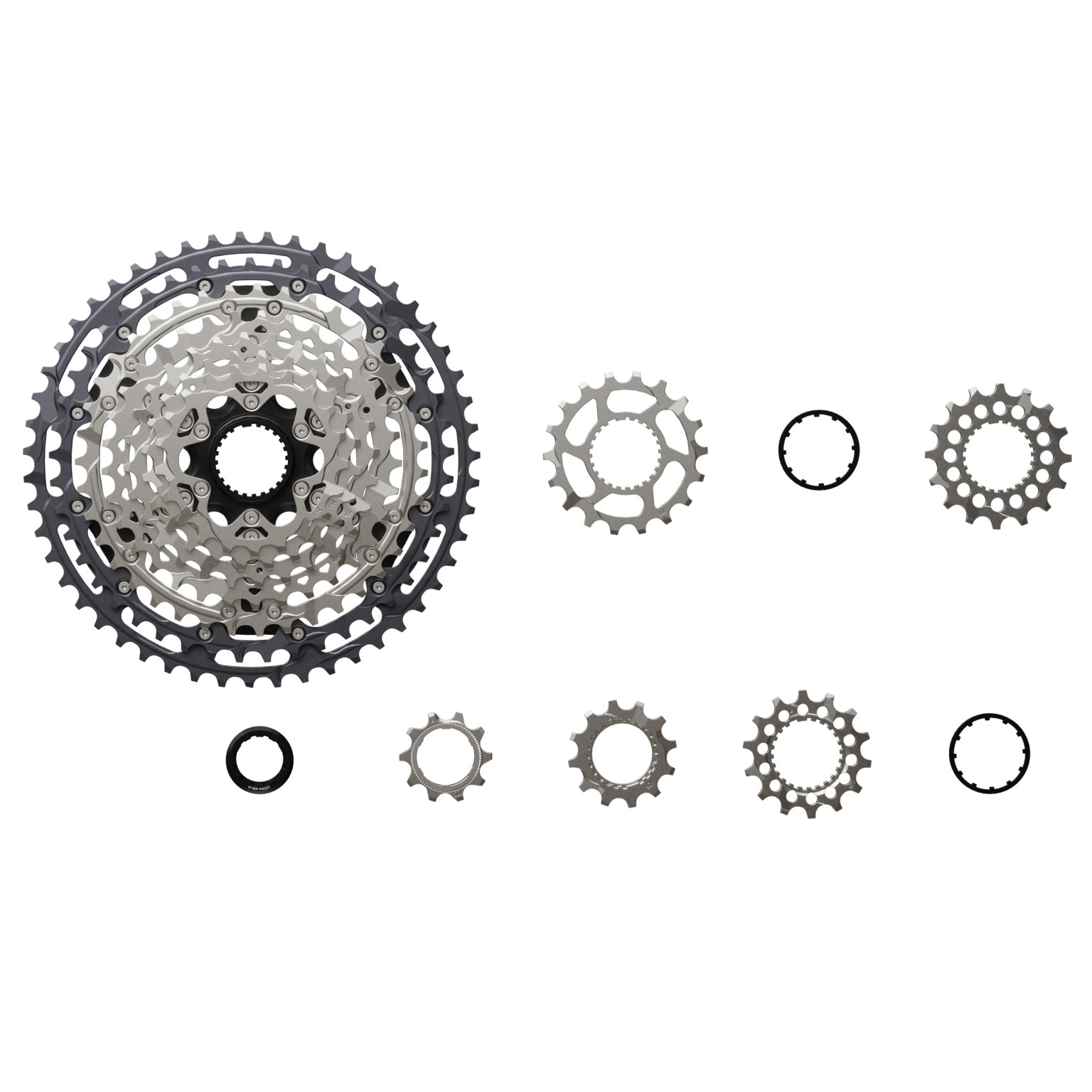
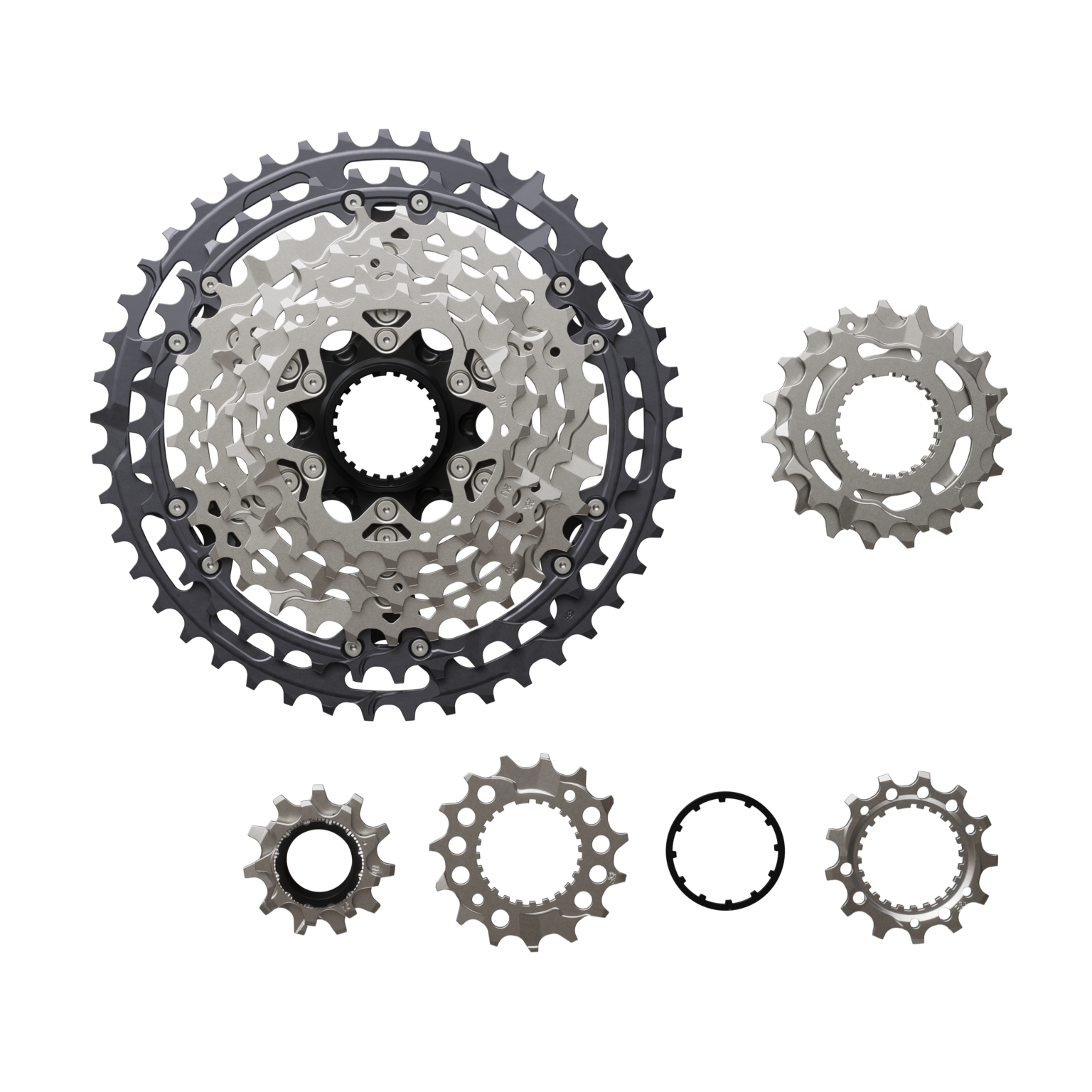
CS-M8200-12 – Cassette Options
- Smooth, durable shifting under load
- 12-Speed HYPERGLIDE+
- MICRO SPLINE
- Optimized for durability
- Largest two cogs constructed from alloy
- Smallest ten cogs forged from steel
- Cassette Options: 9-45T and 10-51T

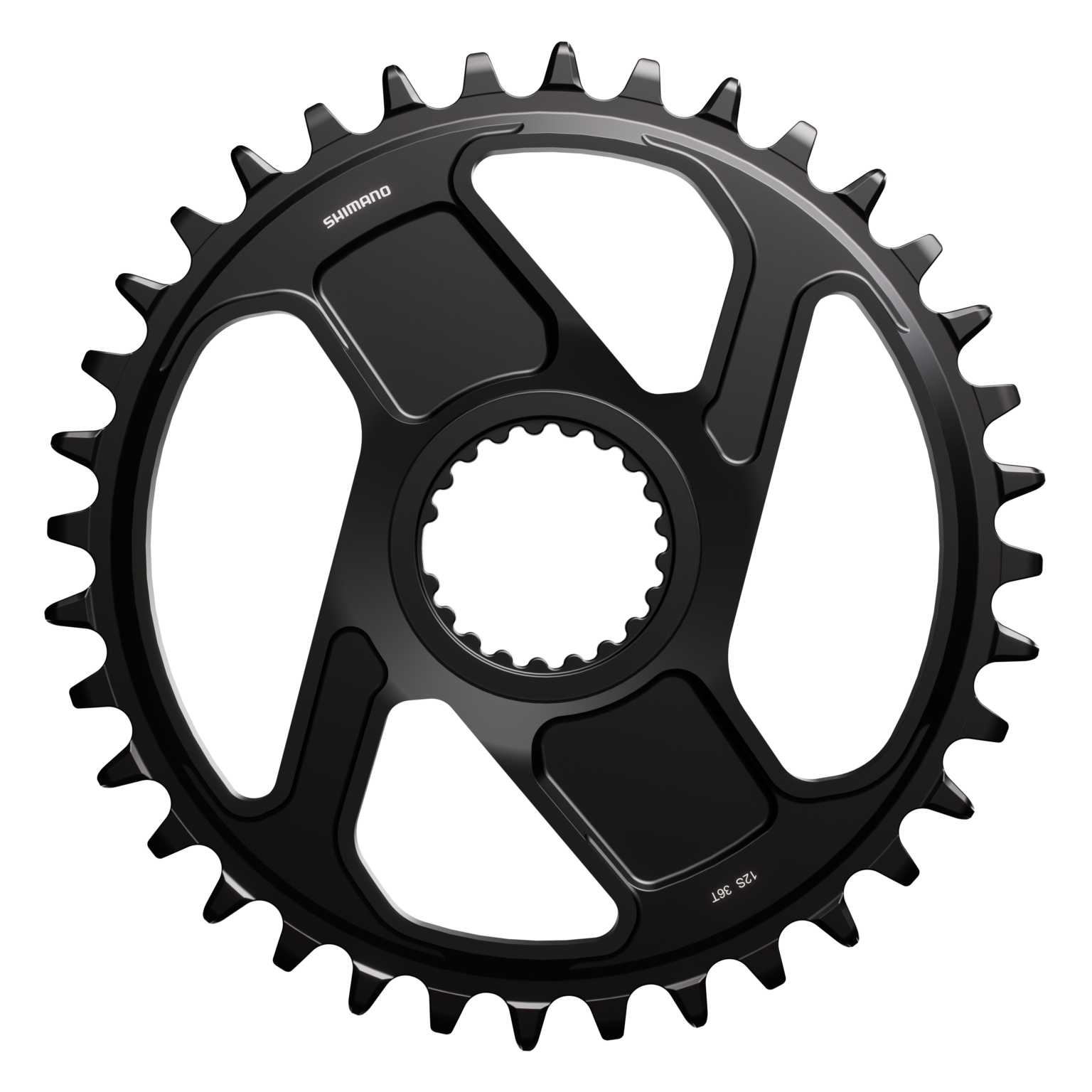
FC-M8200 – Trail/Enduro/XC Crank
- Optimized balance of rigidity and weight
- Proven HOLLOWTECH II construction
- Standard 176mm Q-Factor
- Crank Arm Lengths: 160, 165, 170, 175mm
- Chainring Sizes: 28T-36T
- Chain line: 55mm

SW-M8250-R/IR – Di2 Shifter Switch
- SHIMANO RAPID ES technology
- Precise wireless shifting
- Tactile feel with each shift
- Multiple shift modes, including hold-down multi-shift and click-through double shift
- Multi-axis paddle adjustment
- Programmable third button on shifter for added customization like controlling your bike computer or controlling FREE SHIFT and AUTO SHIFT functions through E-TUBE app
- I-SPEC EV (SW-M8250-IR) and clamp band options (SW-M8250-R)

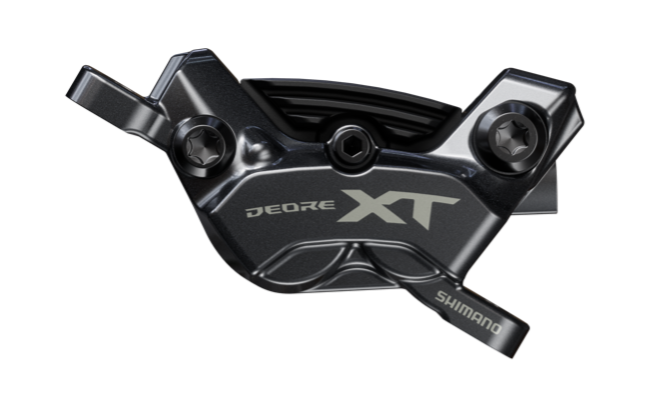

BL-M8220 – Brake Lever
- ERGO FLOW Technology
- Smooth SERVOWAVE power curve
- Low-viscosity oil that remains stable over a wider temperature range
- Closer pivot point for natural braking motion
- New reach adjust dial on lever body
- I-SPEC EV compatible
- Durable alloy lever blade
BR-M8220 – Enduro / Trail Brake Caliper
- Dual diameter 4-piston design
- Anti-rattle finned pad design
- Low-viscosity hydraulic brake fluid
- Caliper seals with consistent rebound speed
- Rigid two-piece design
BR-M8200 – XC Brake Caliper – Post Mount
- Lightweight 2-piston design
- Low-viscosity hydraulic brake fluid
- Post mount
BR-MT805 – XC Brake Caliper – Flat Mount
- Lightweight 2-piston design
- Low-viscosity hydraulic brake fluid
- Flat mount

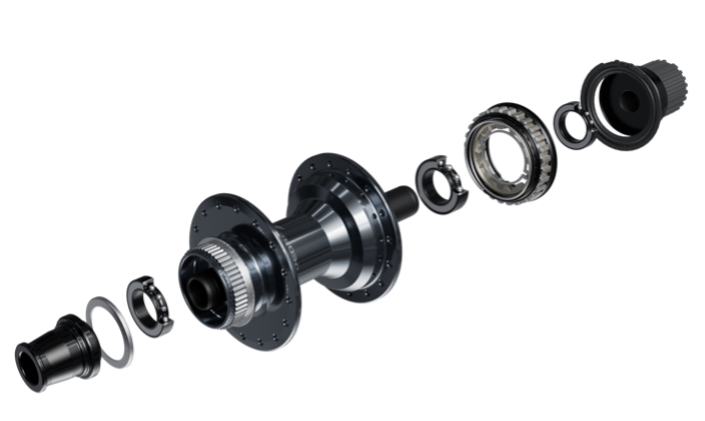
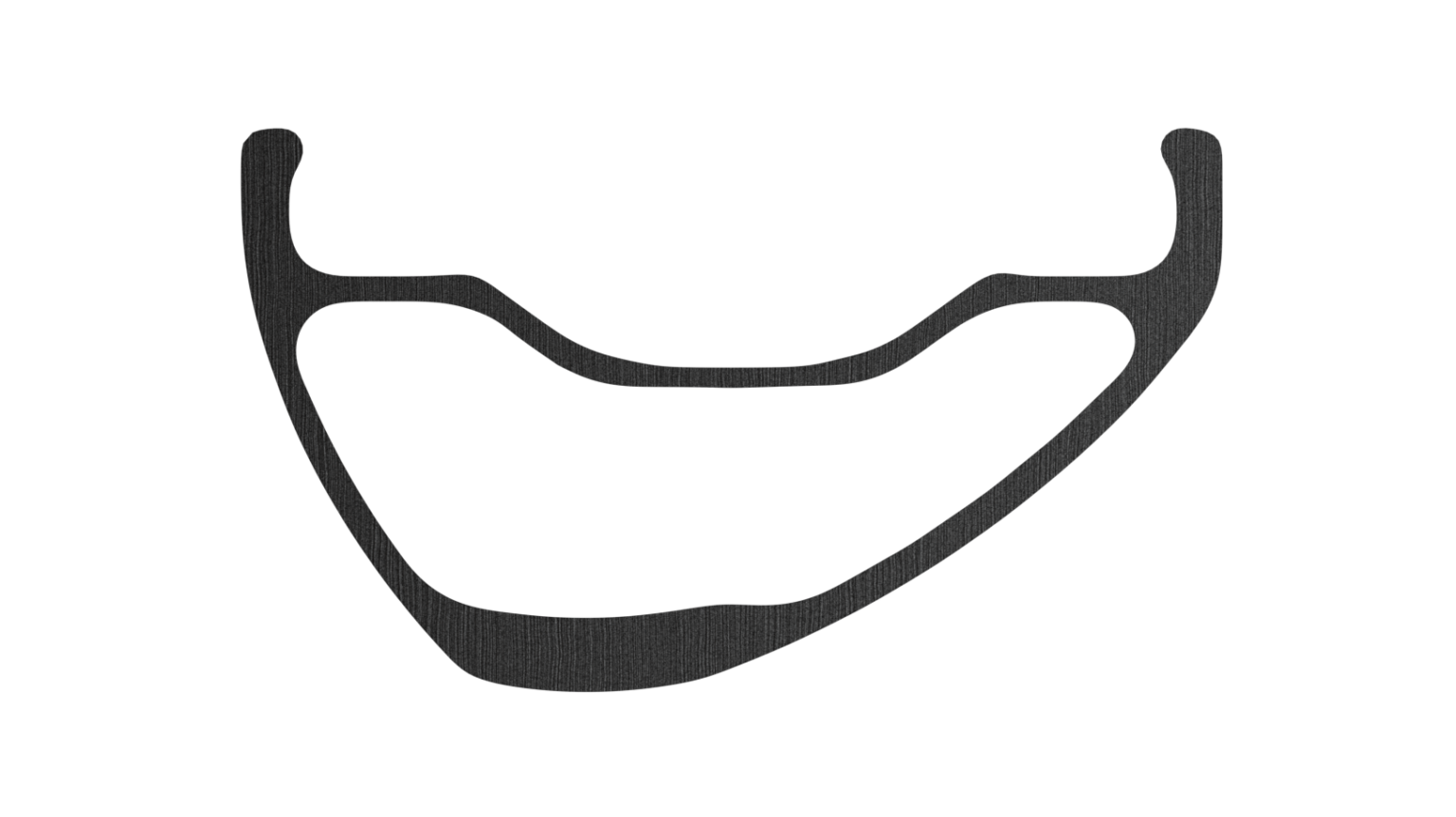
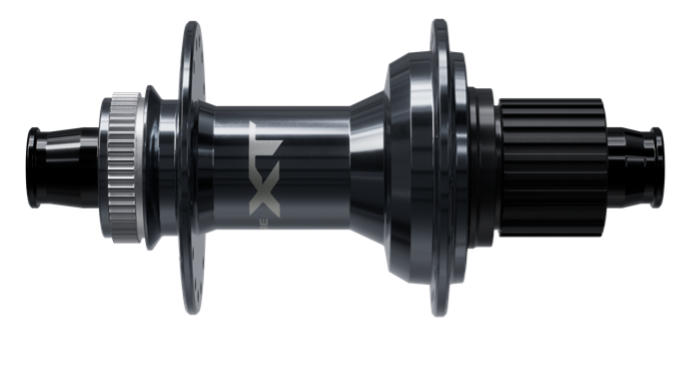
WH-M8200 – Versatile Alloy Wheels
- Durable 27.5-inch and 29-inch alloy tubeless rim
- Hooked aluminum rim with 30mm internal width to prevent deformation and punctures
- Durable J-bend stainless-steel spokes
- 28-hole conventional structure
- 3.5-degree engagement angle
- MICRO SPLINE
- CENTERLOCK disc brake
Further Reading on Shimano Di2
Complete breakdown of weights and pricing for XT Di2
Complete breakdown of weights and pricing for XTR Di2
The post Shimano XT Di2 Gets Electrified with Wireless Shifting, Short & Long Cage Options appeared first on Bikerumor.


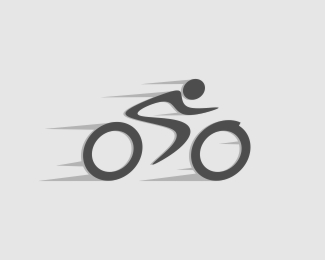 3 weeks ago
7
3 weeks ago
7

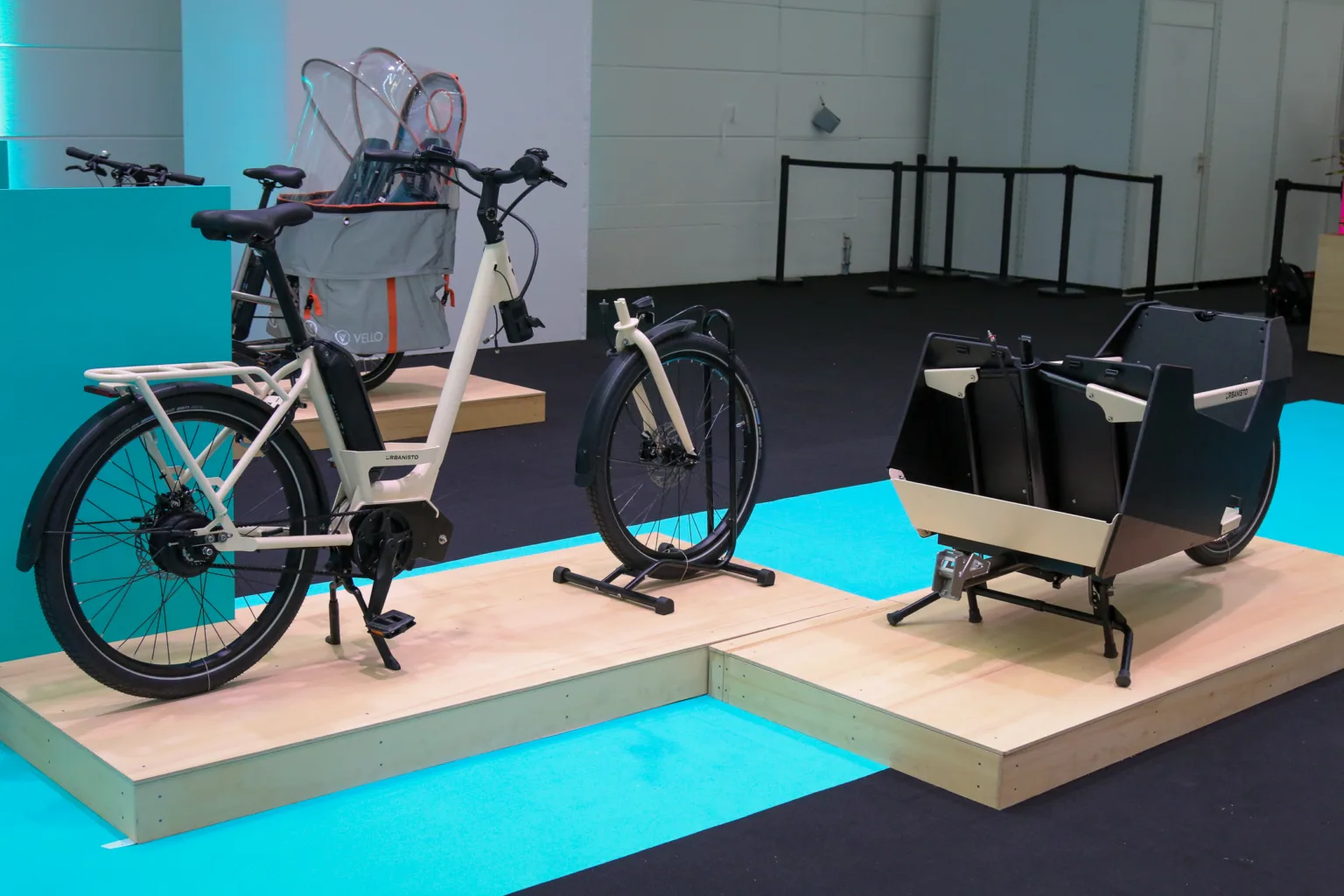

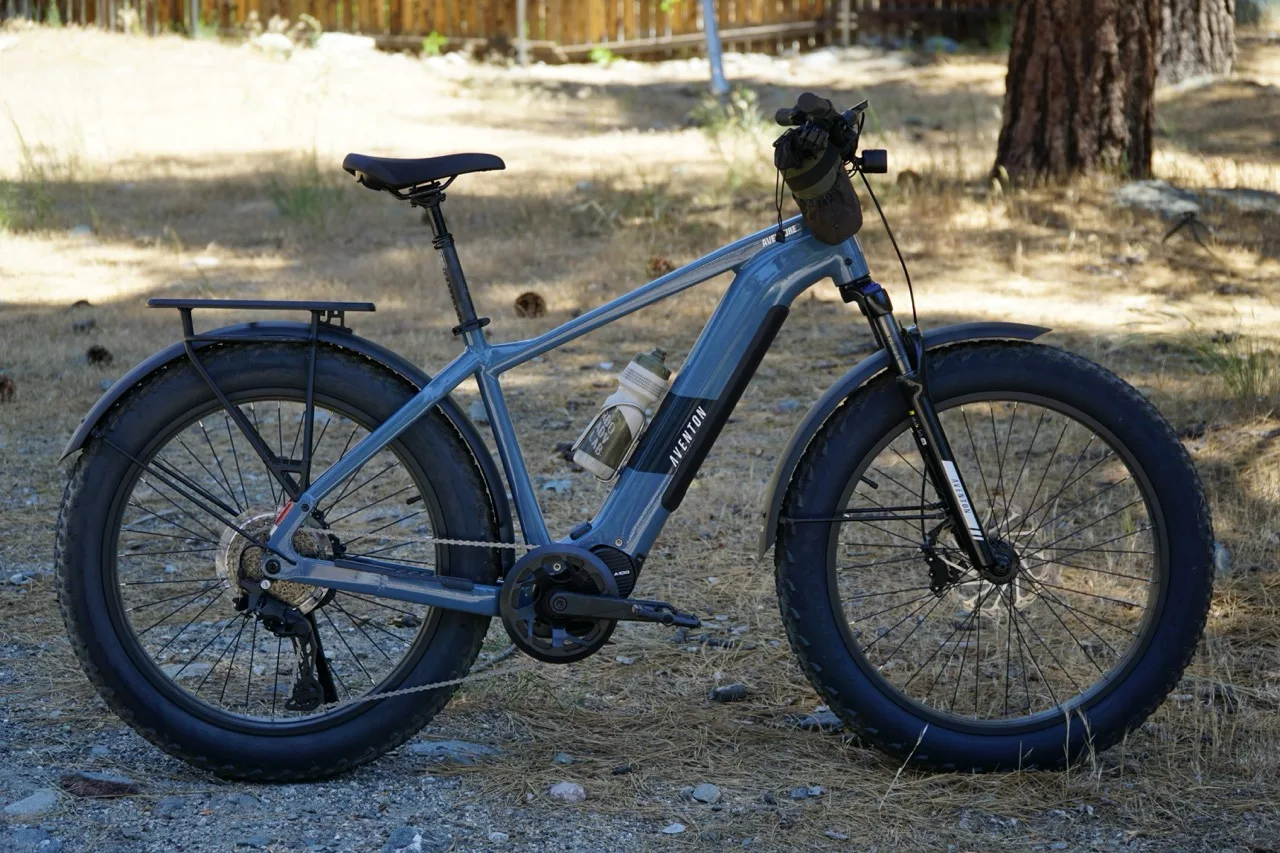
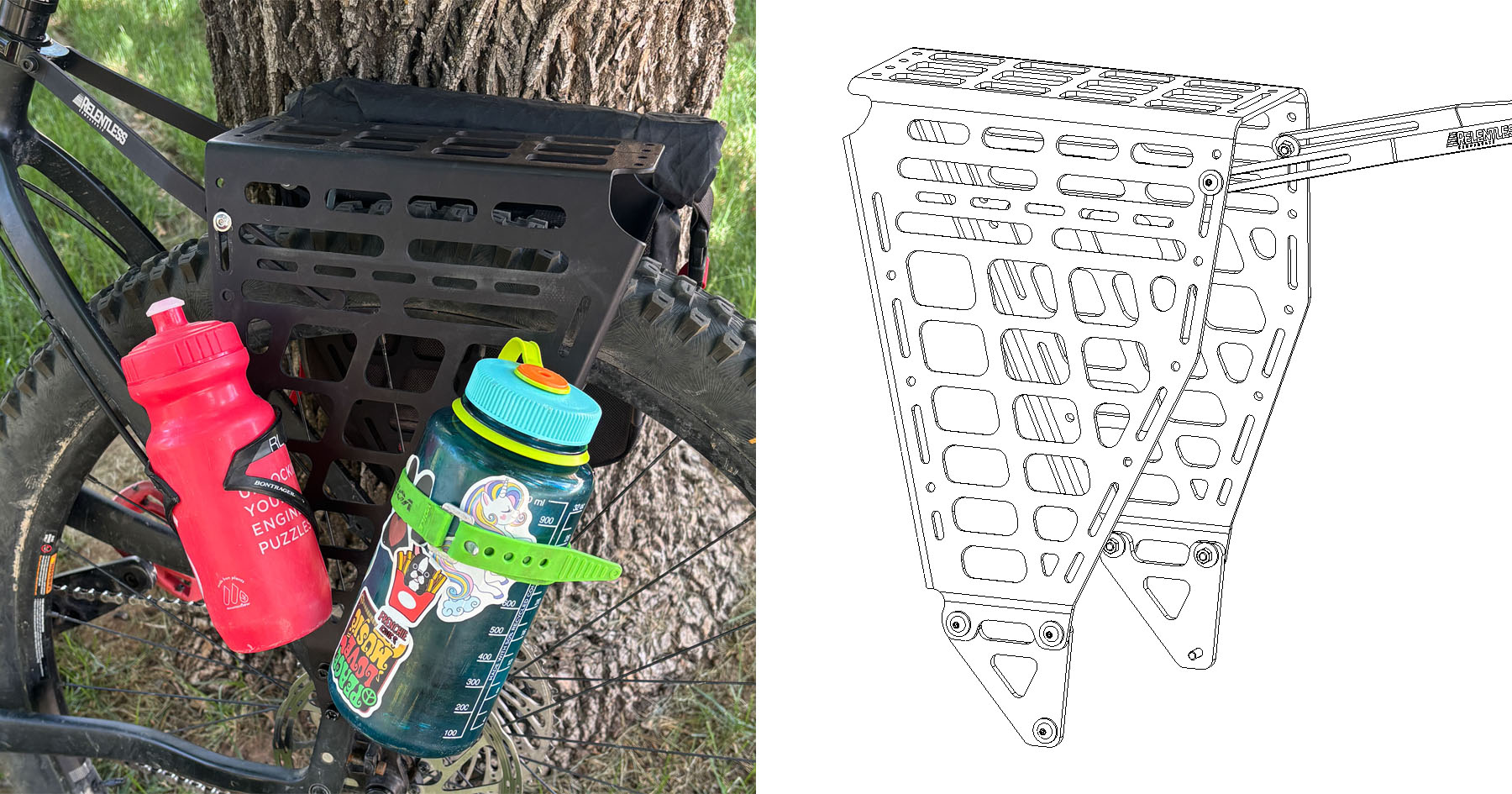
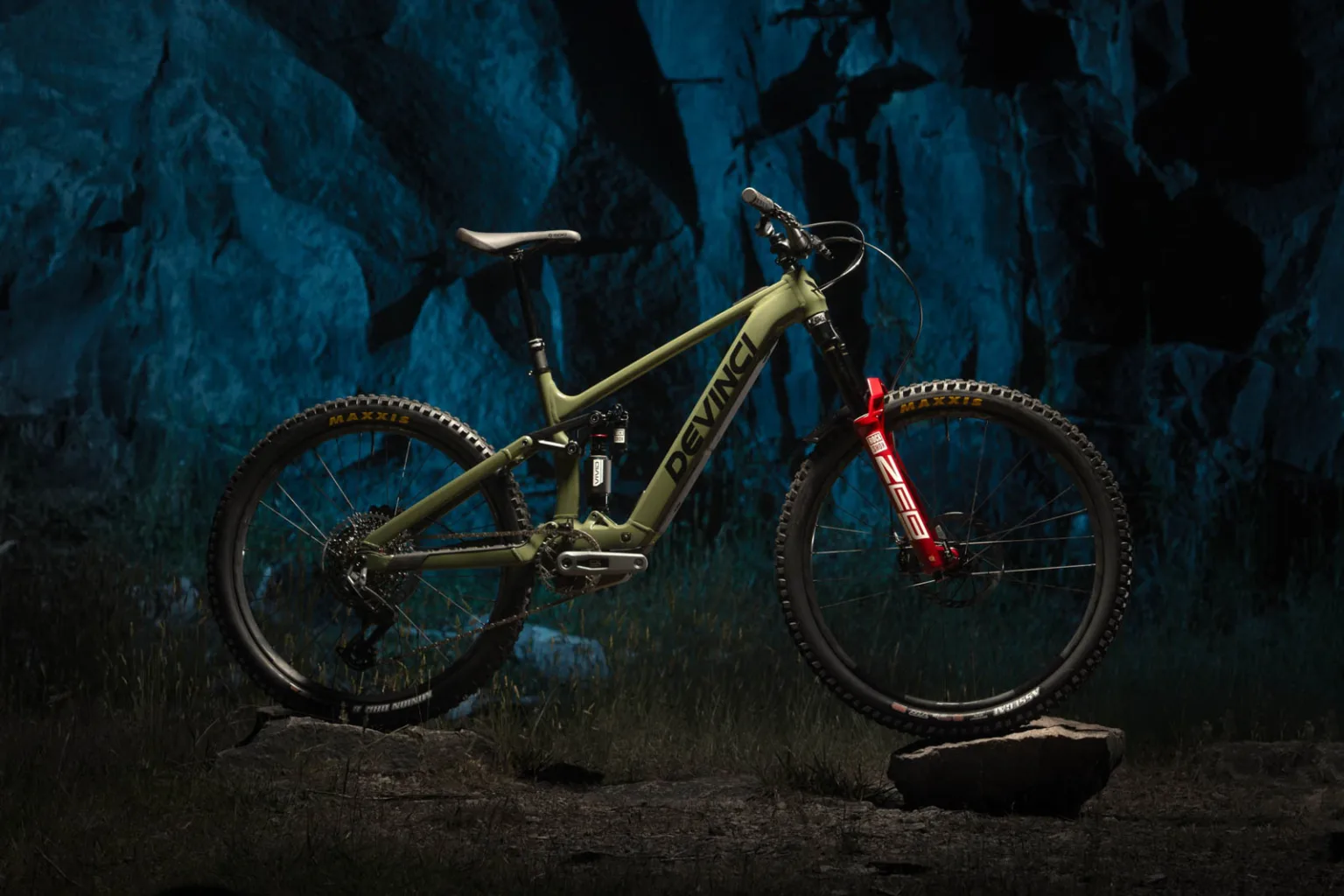

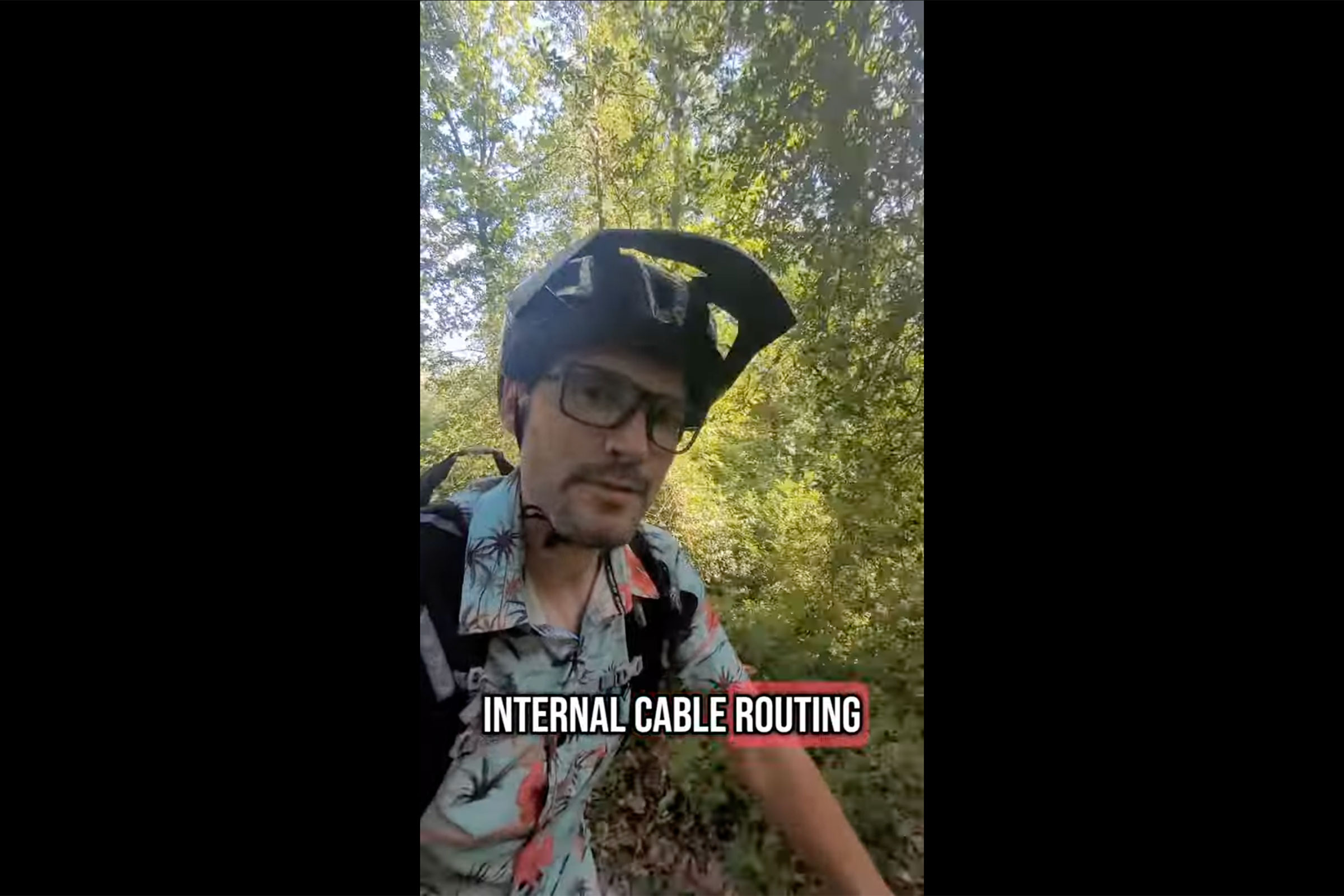


 English (US) ·
English (US) ·  French (CA) ·
French (CA) ·  French (FR) ·
French (FR) ·